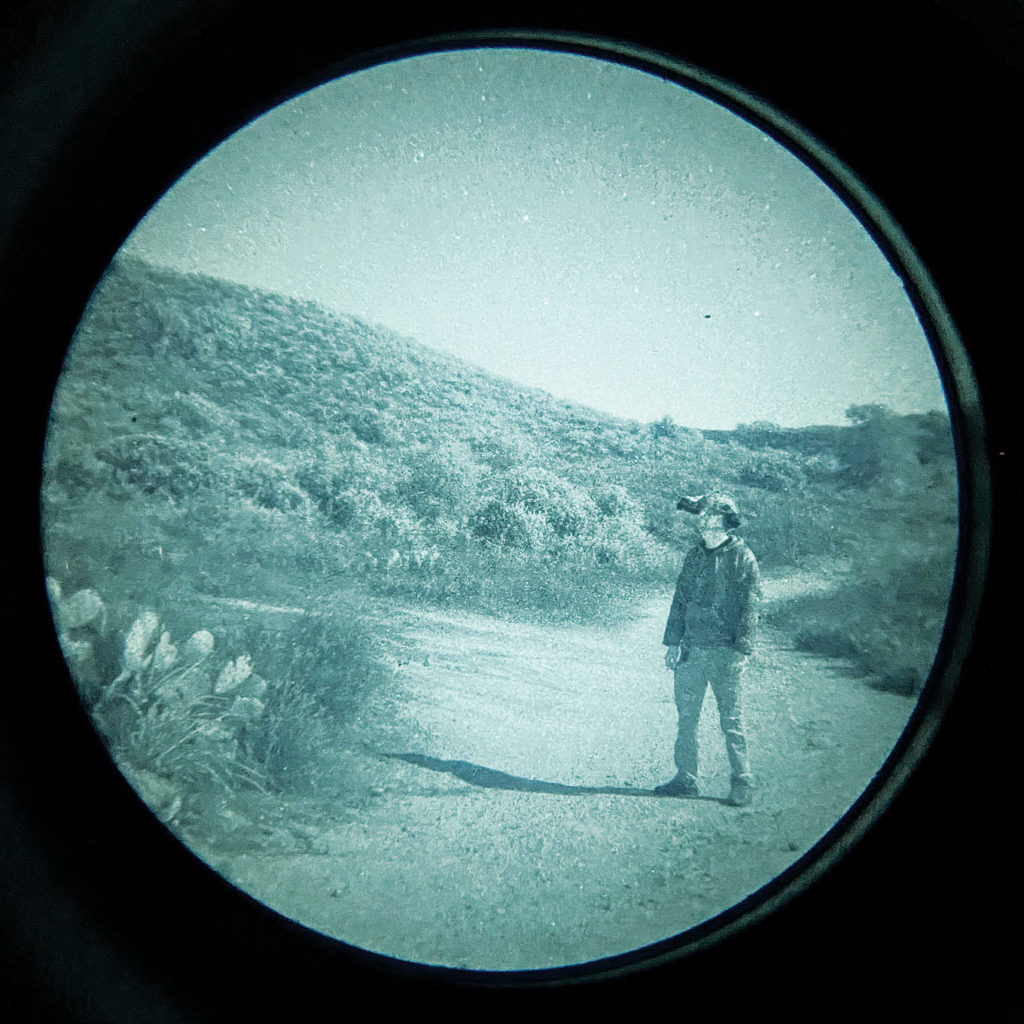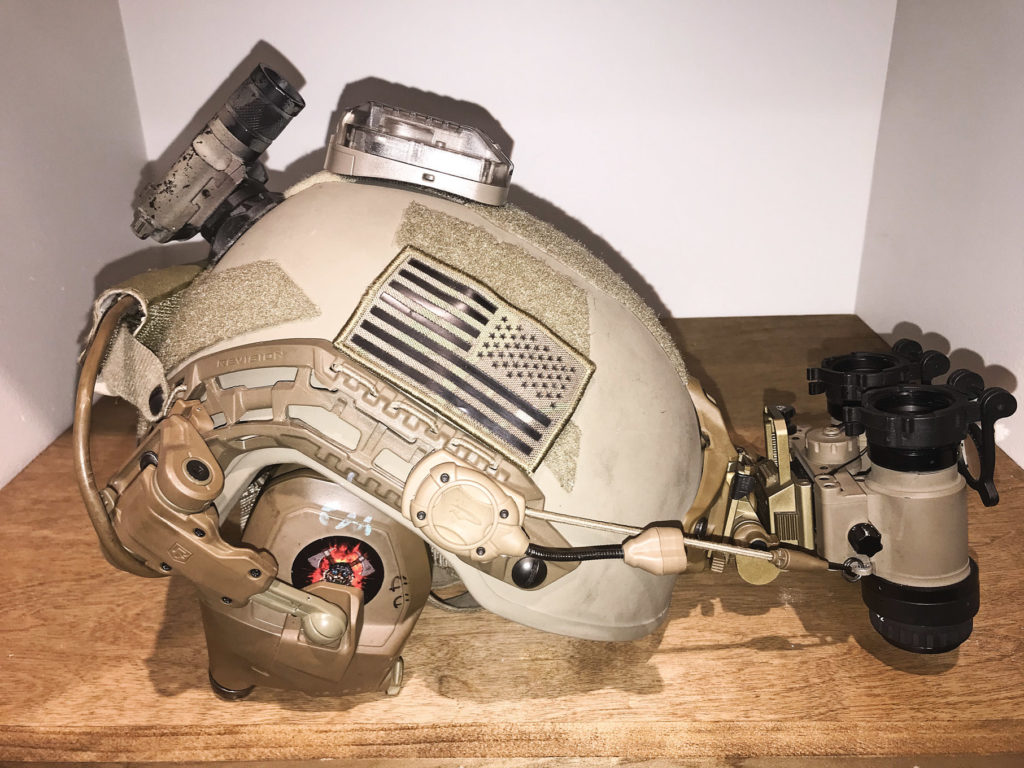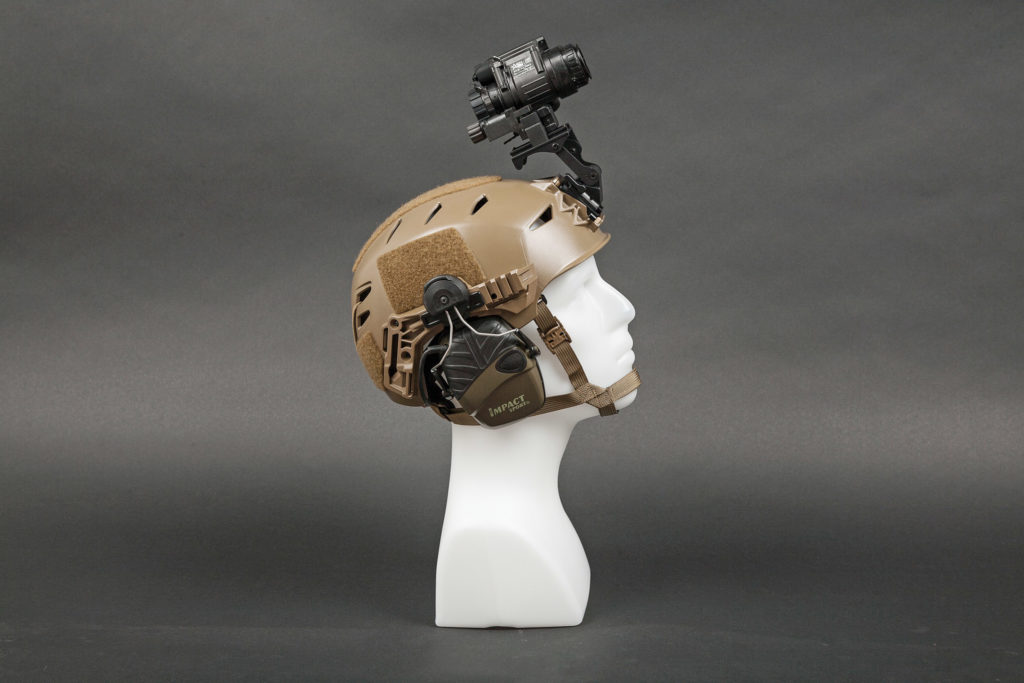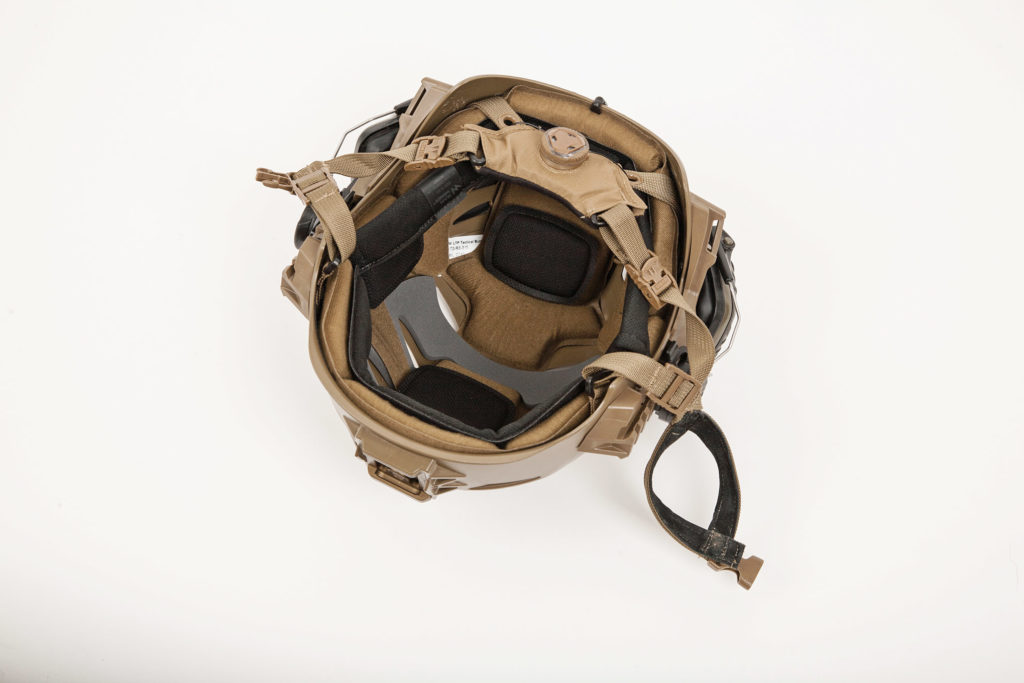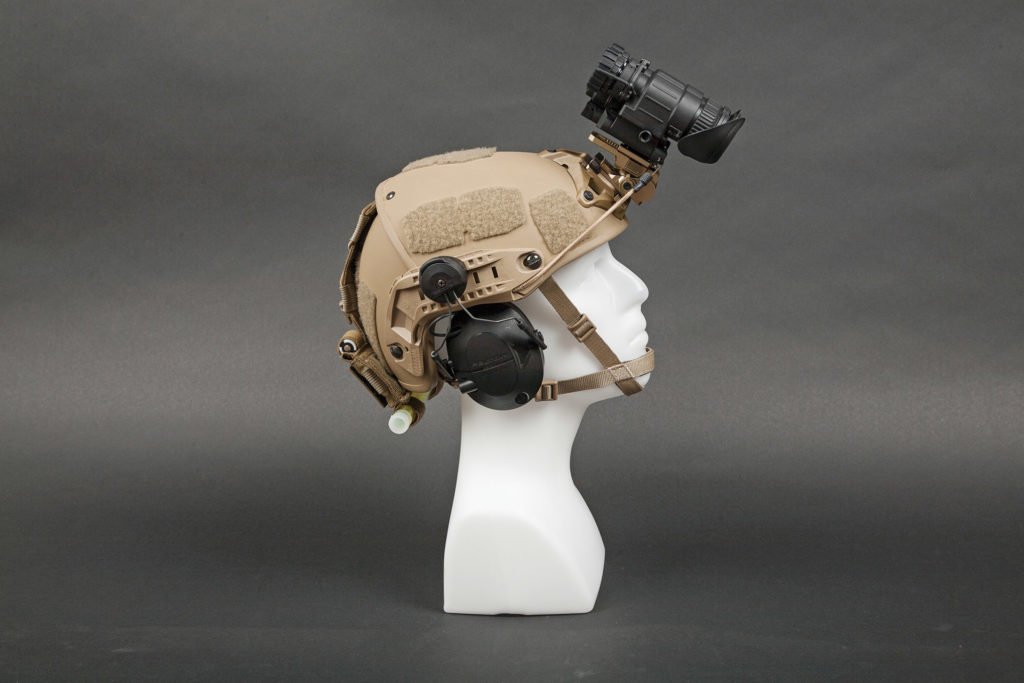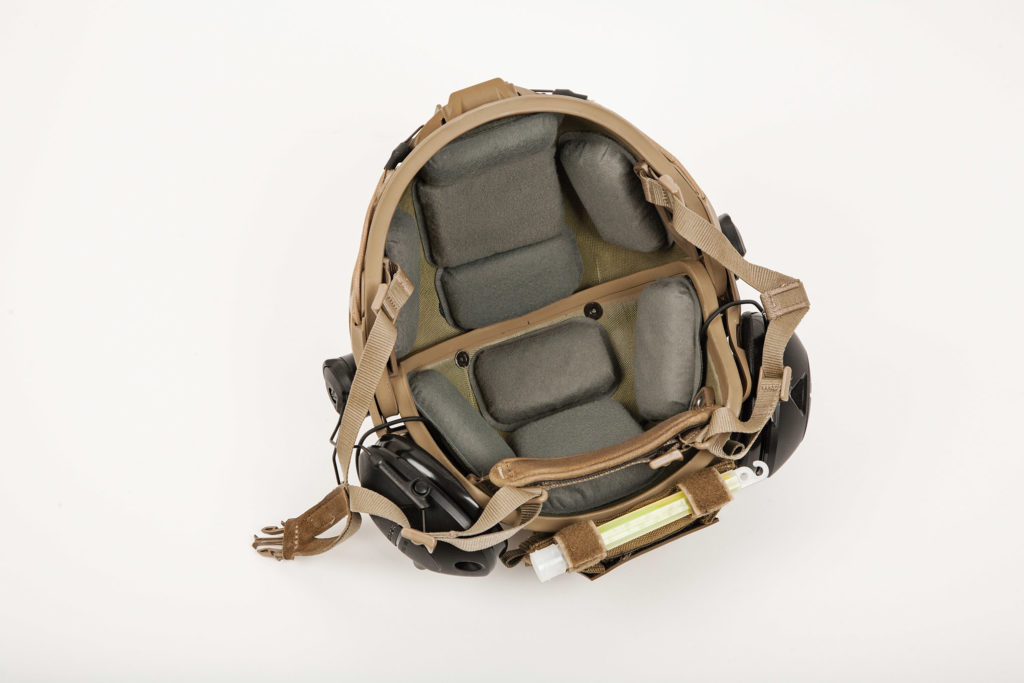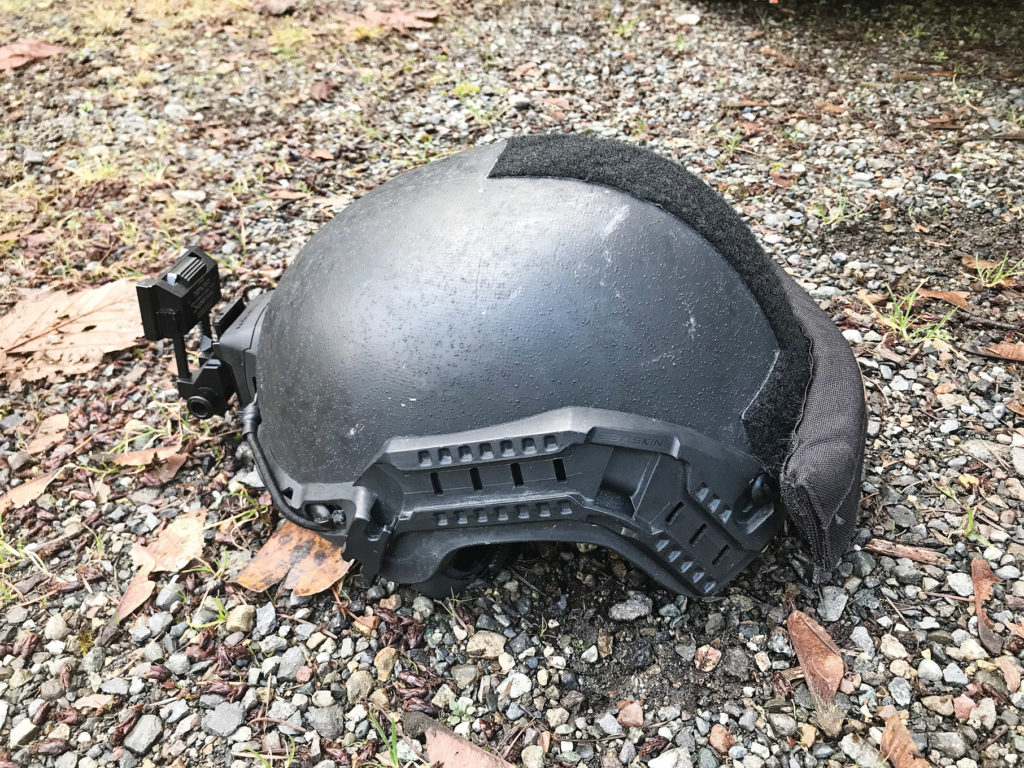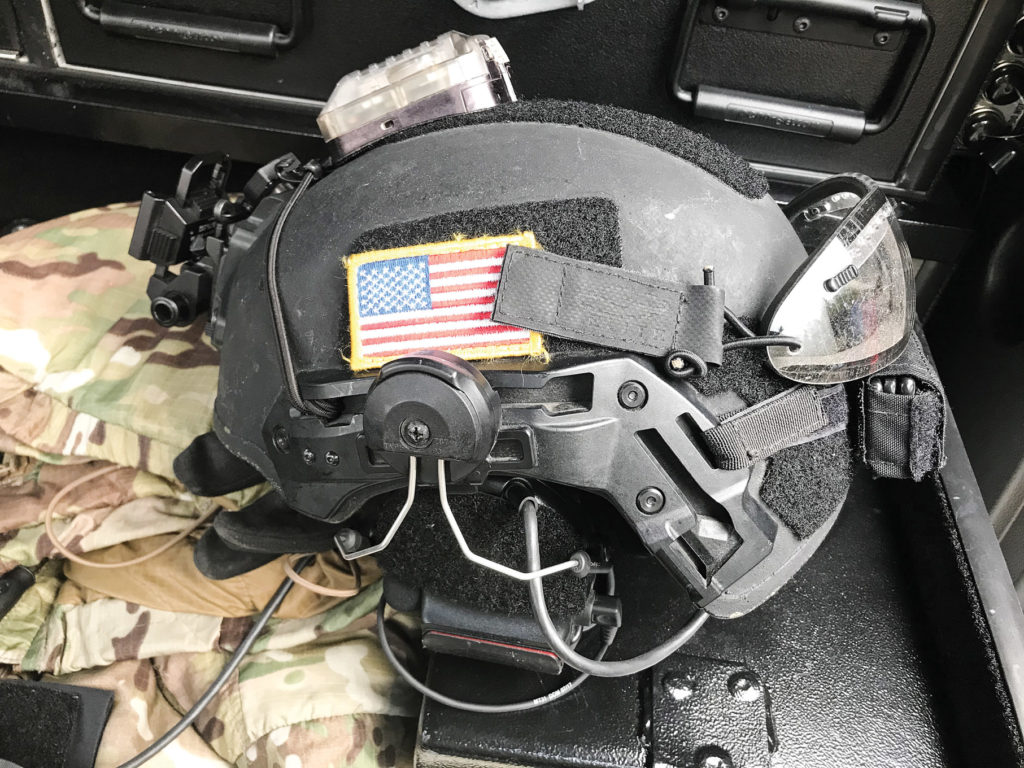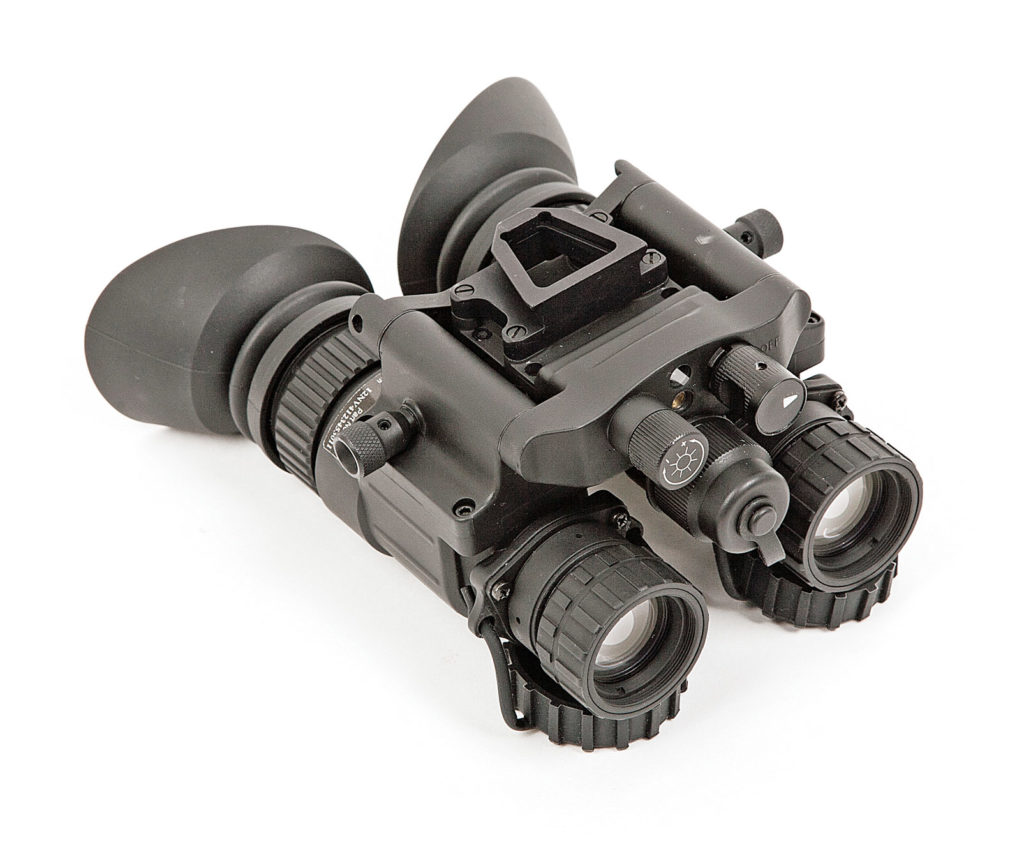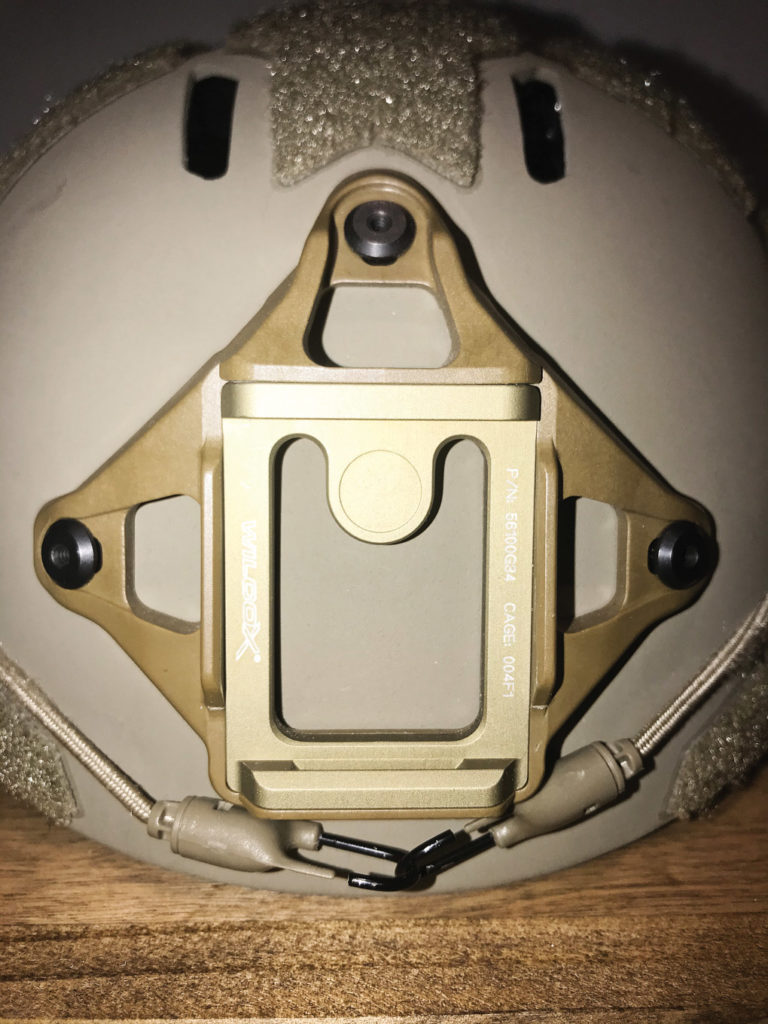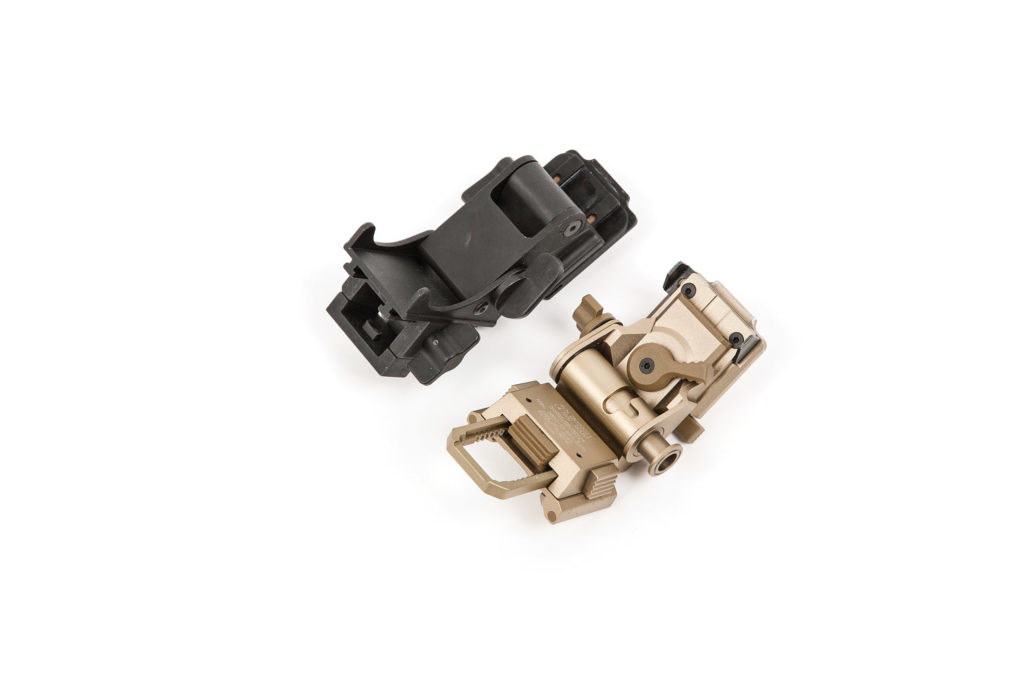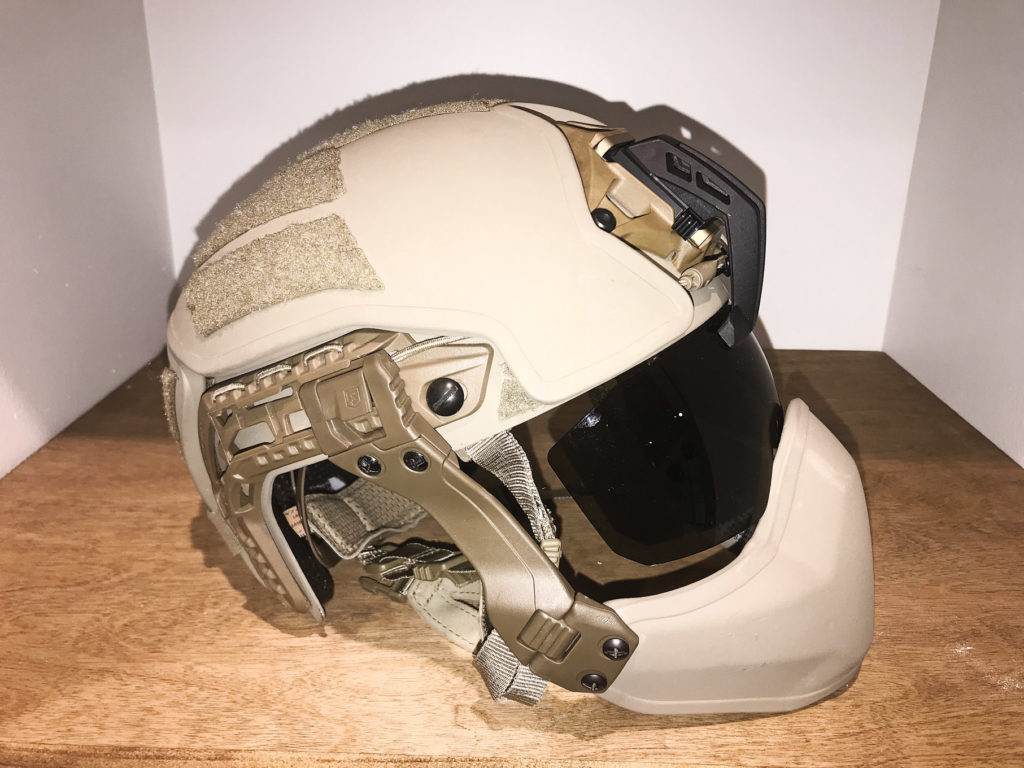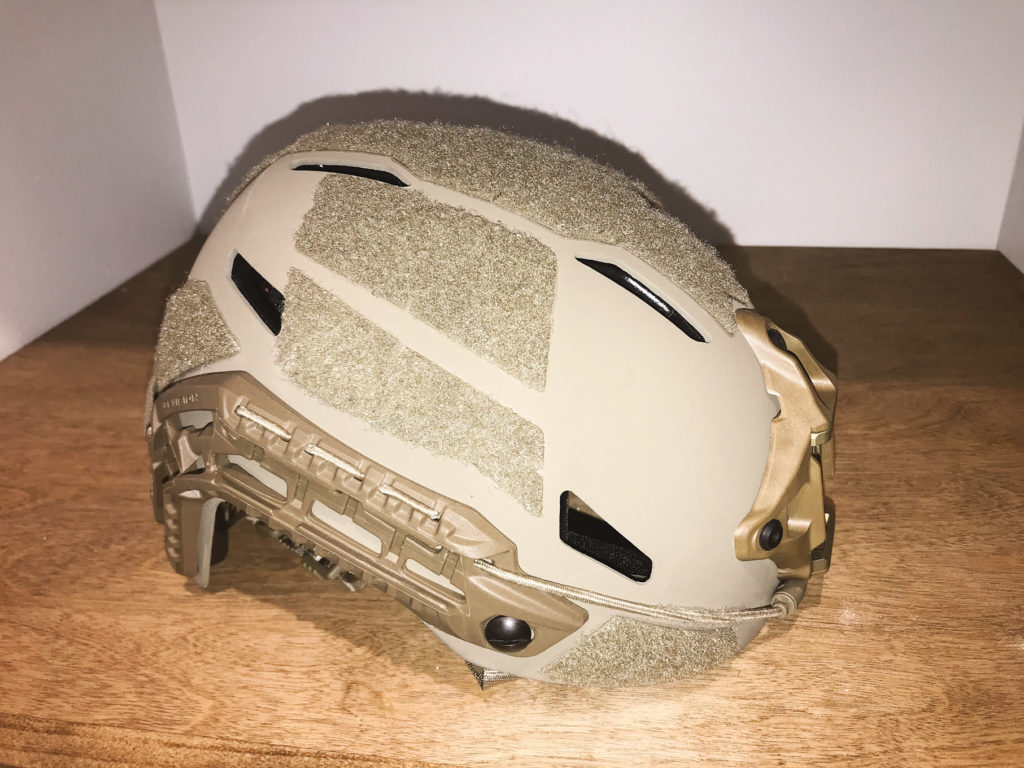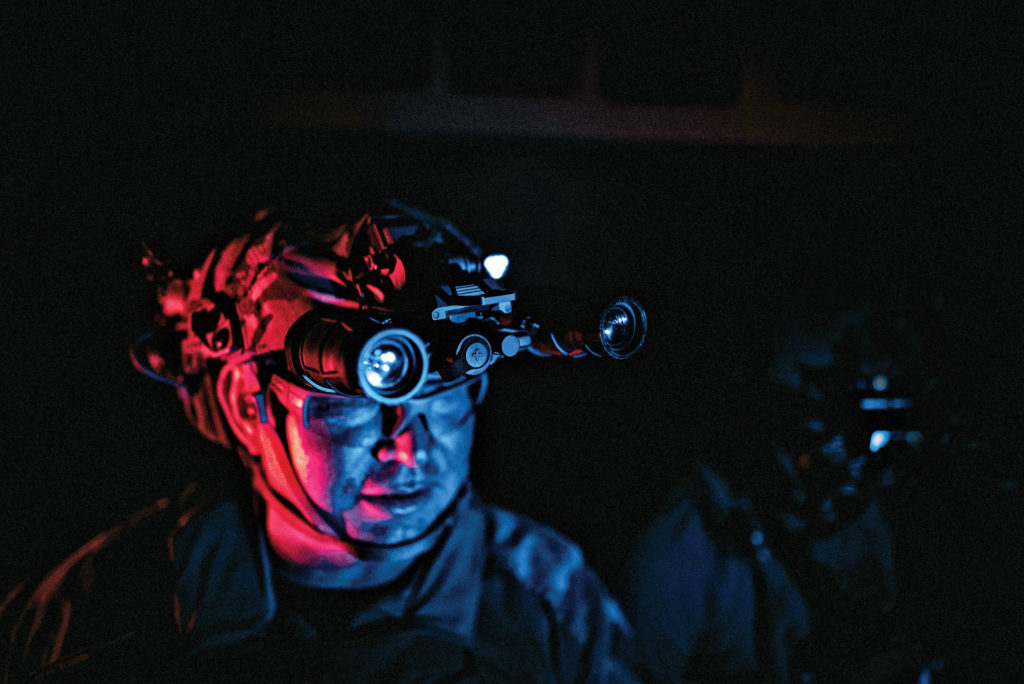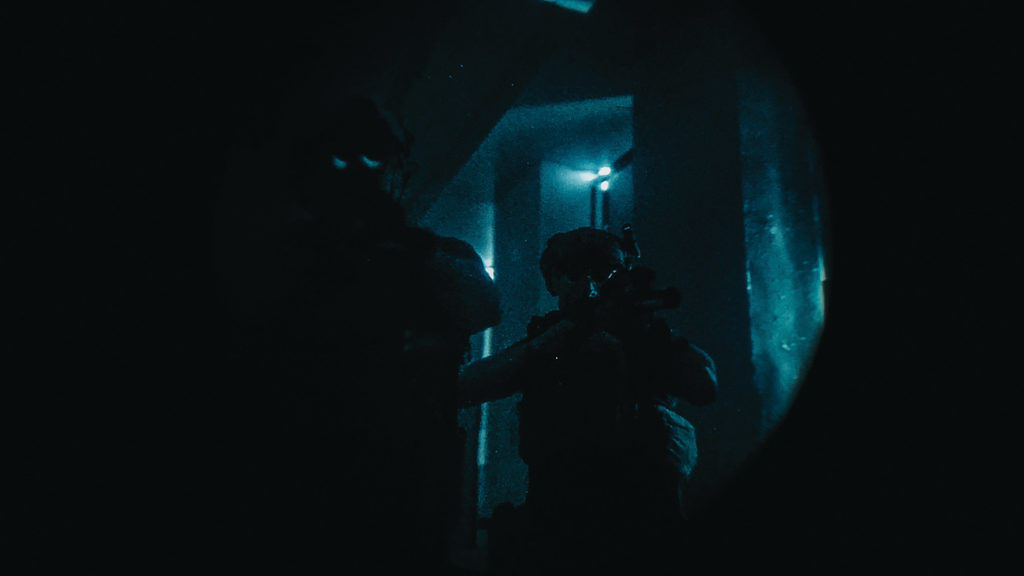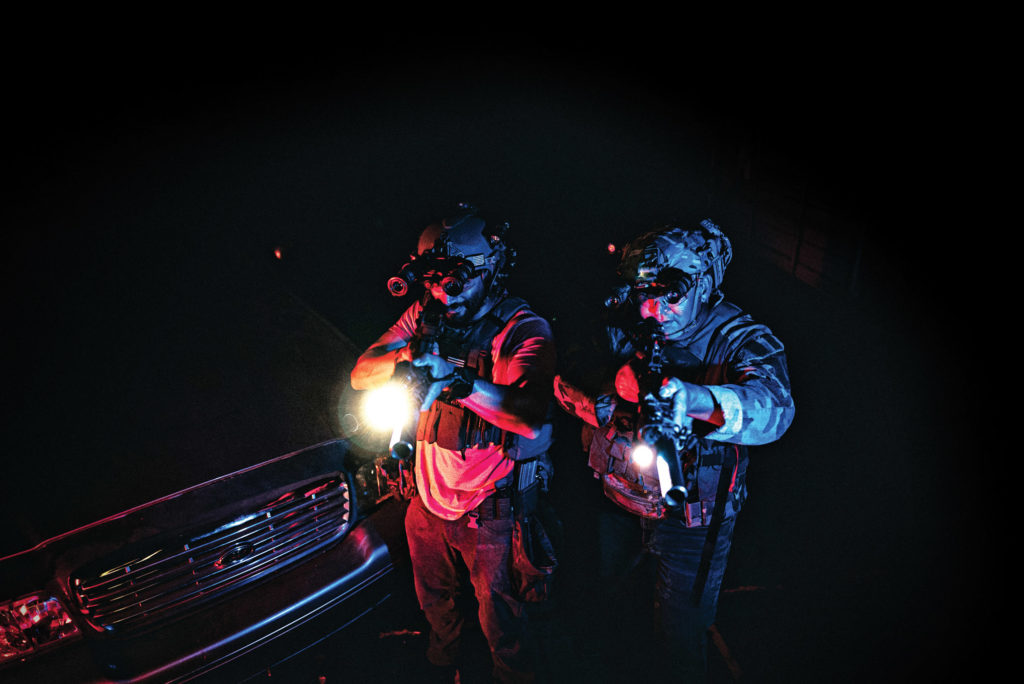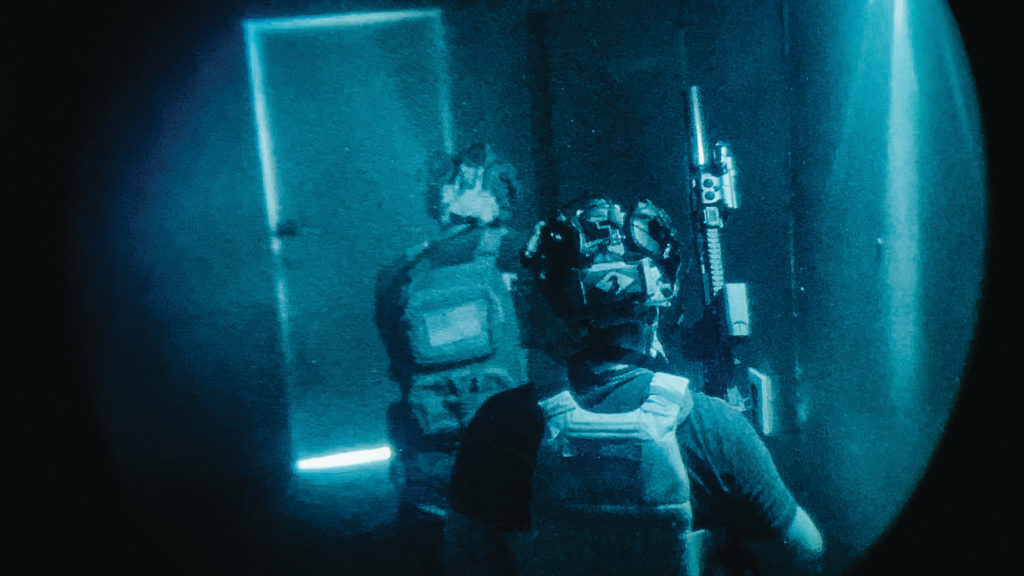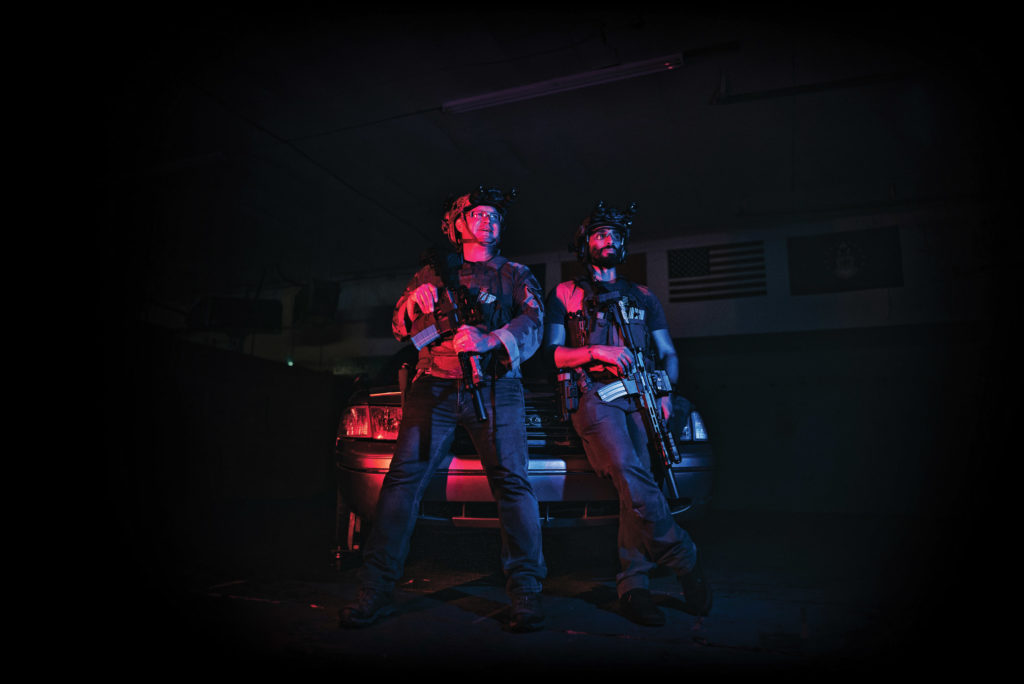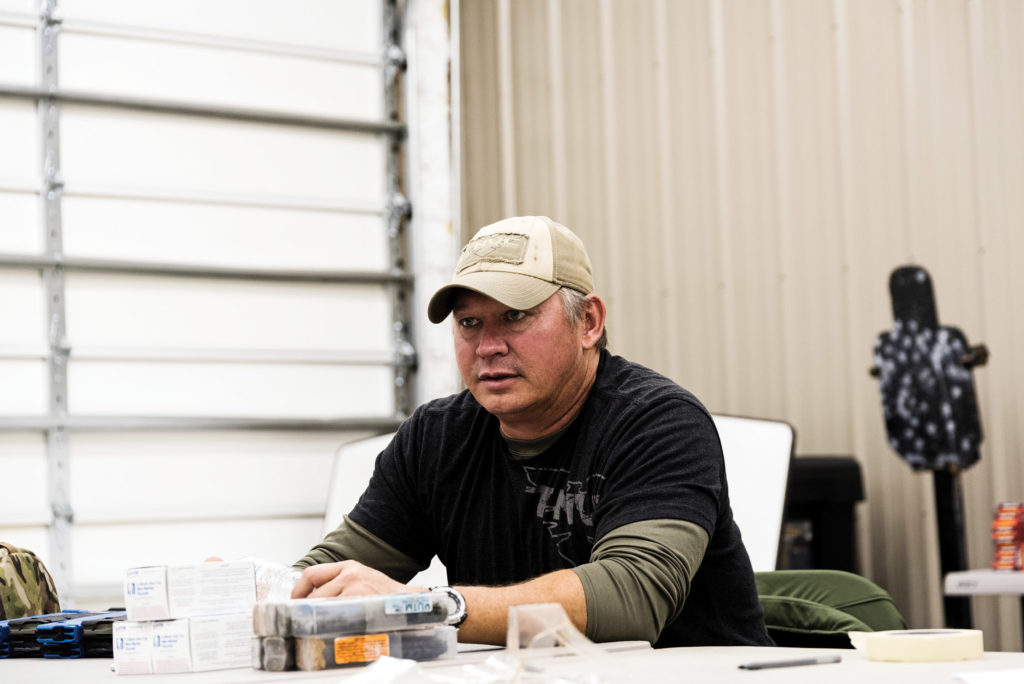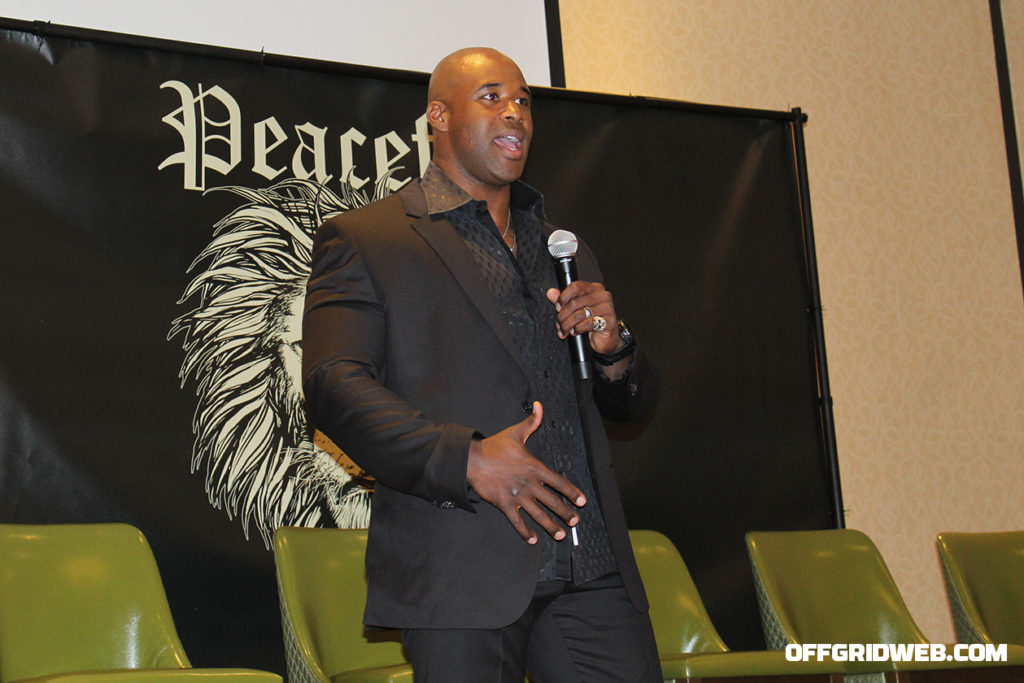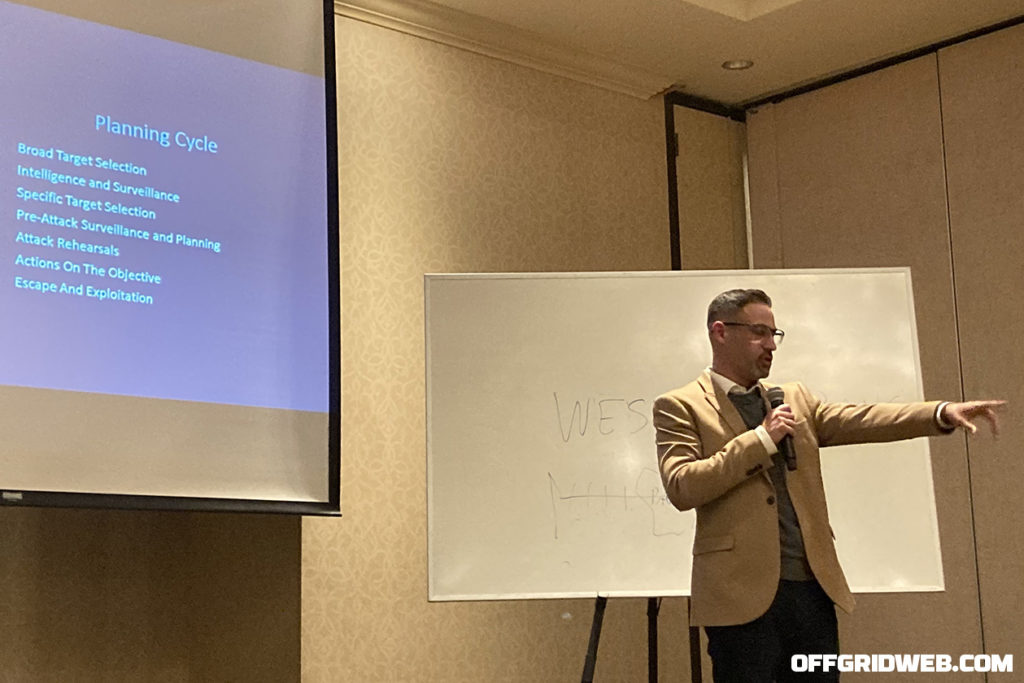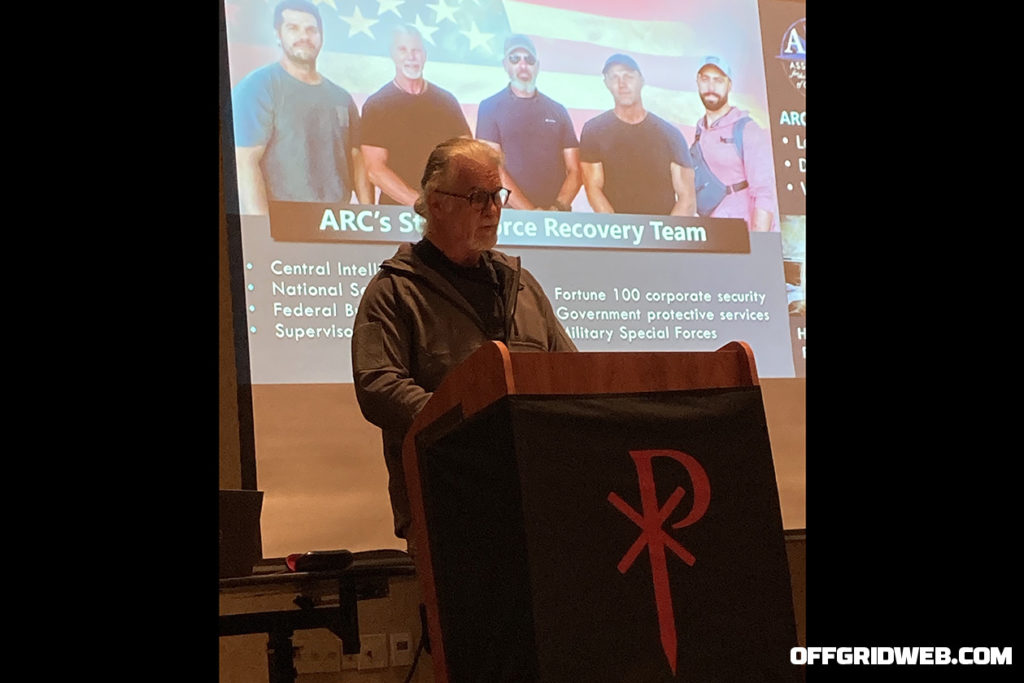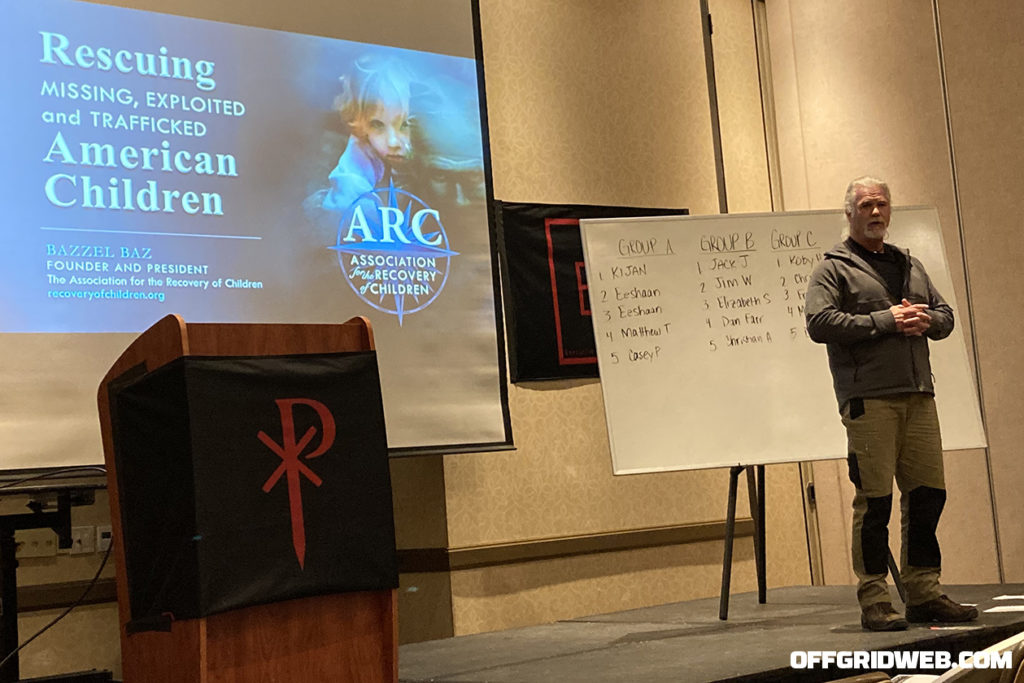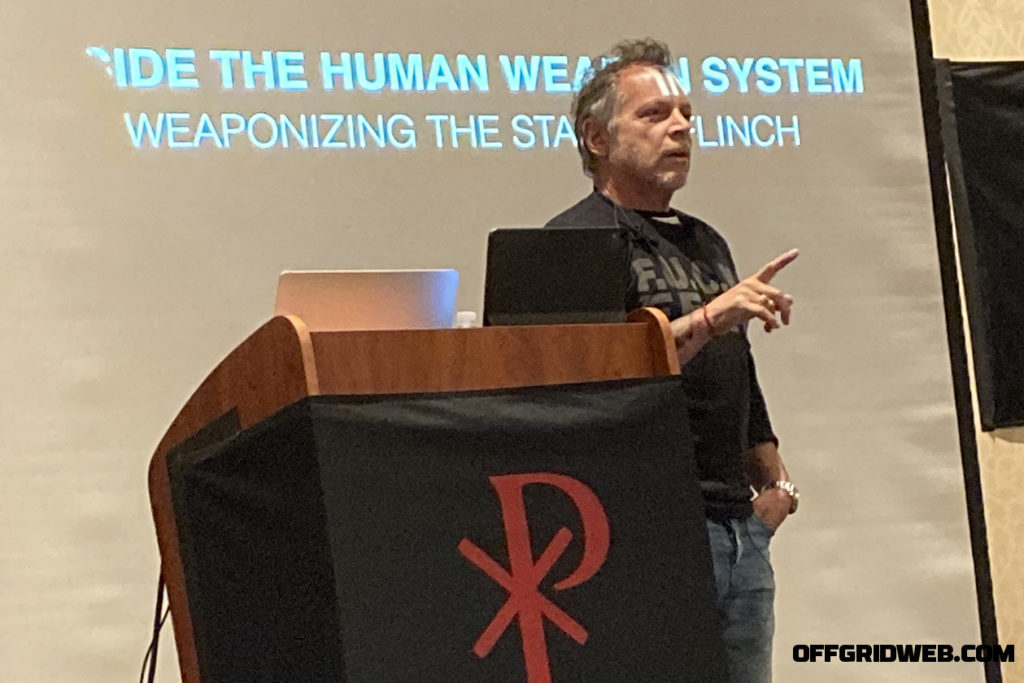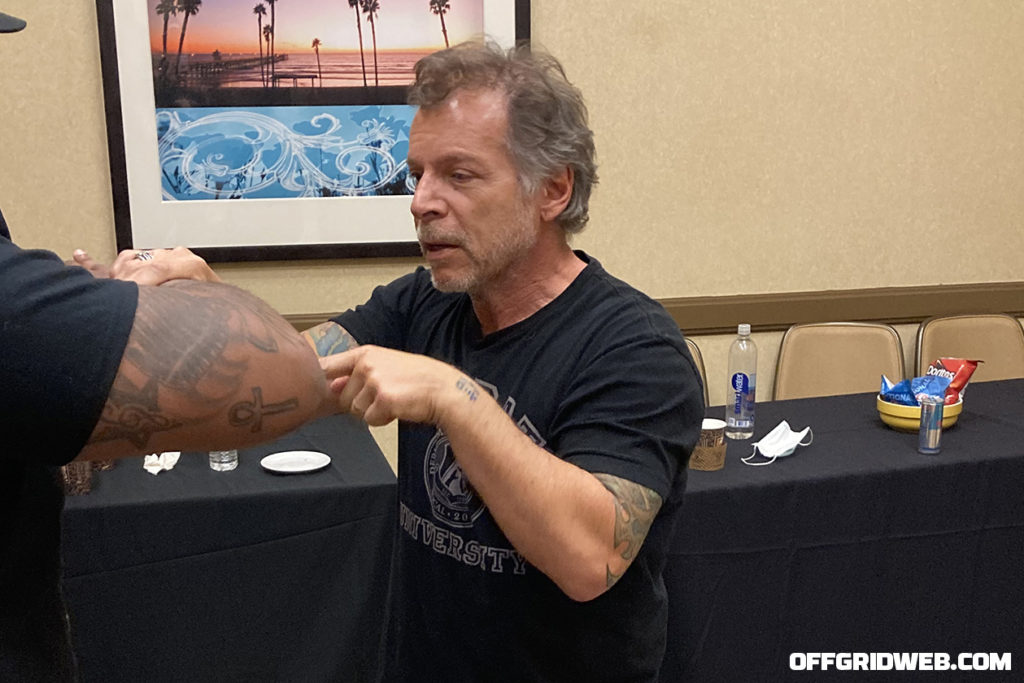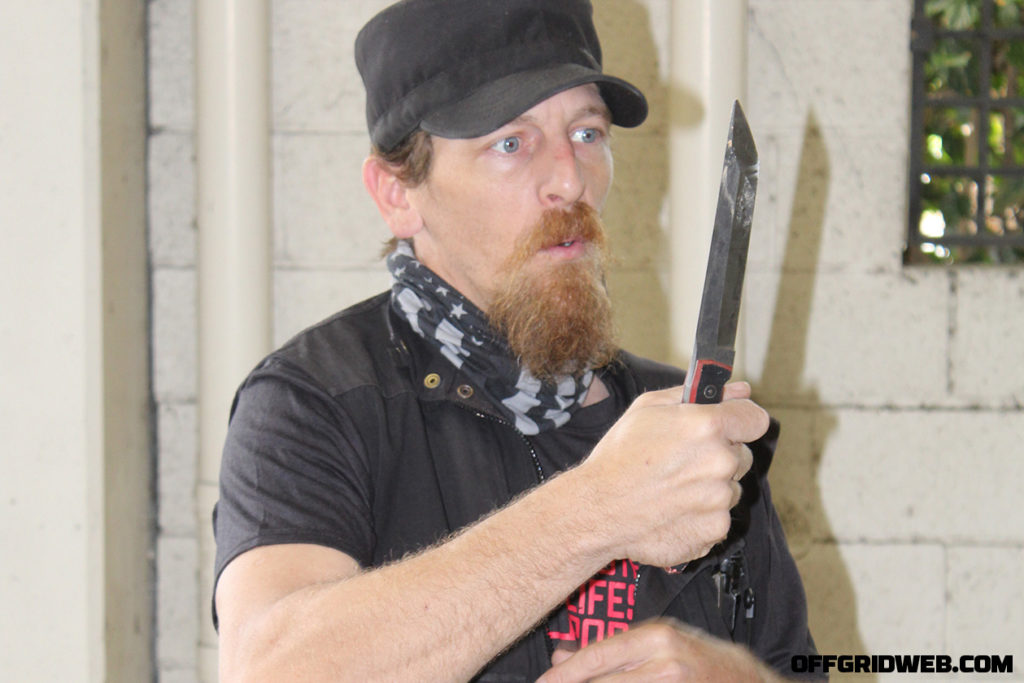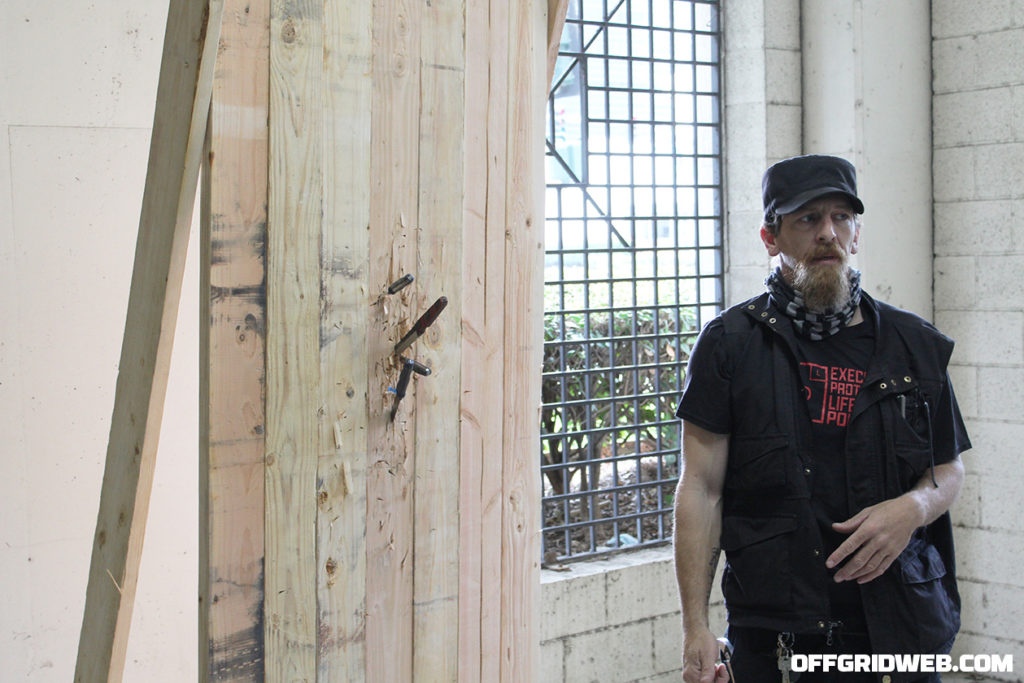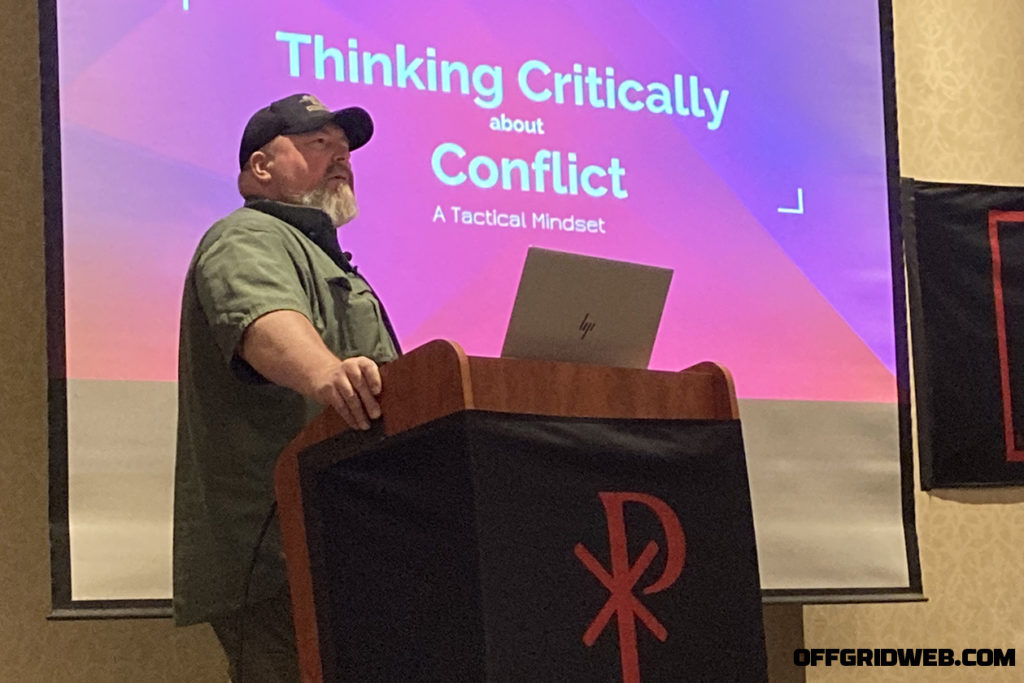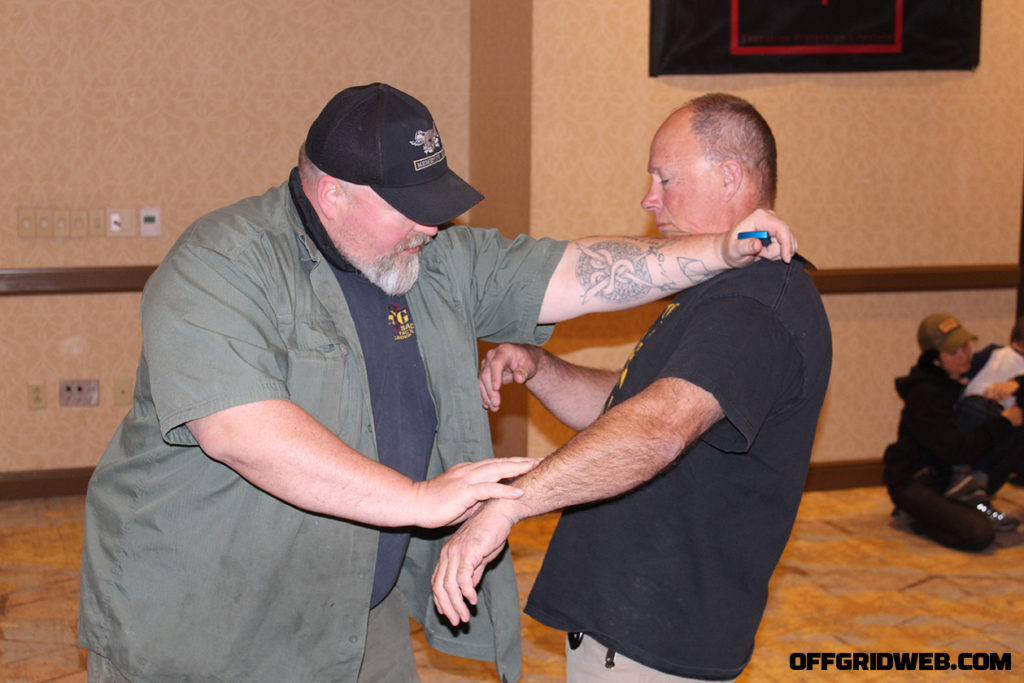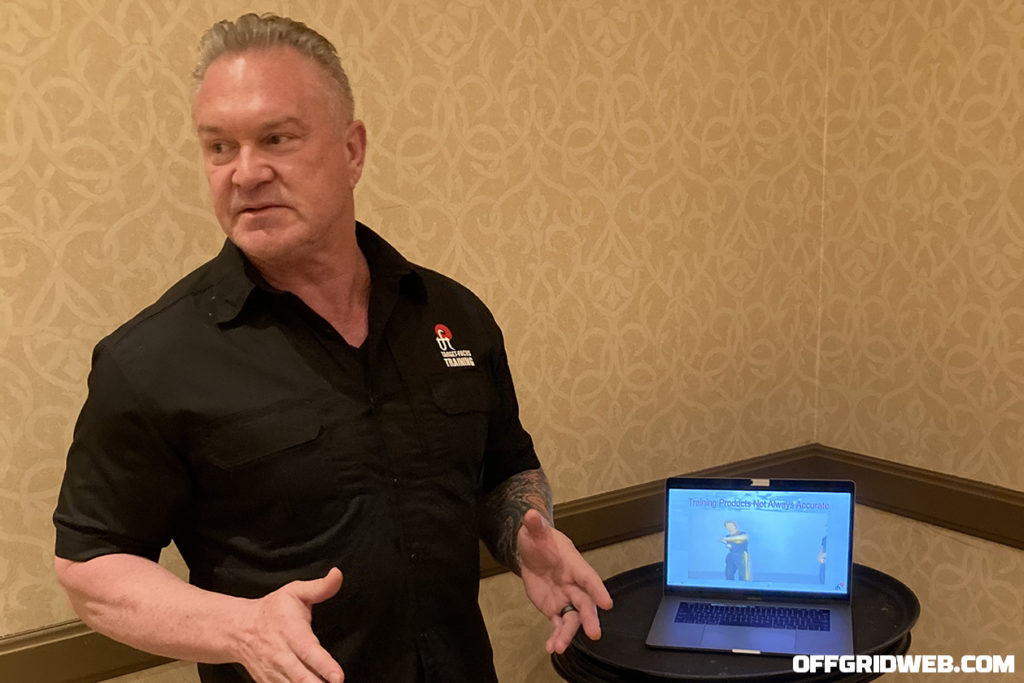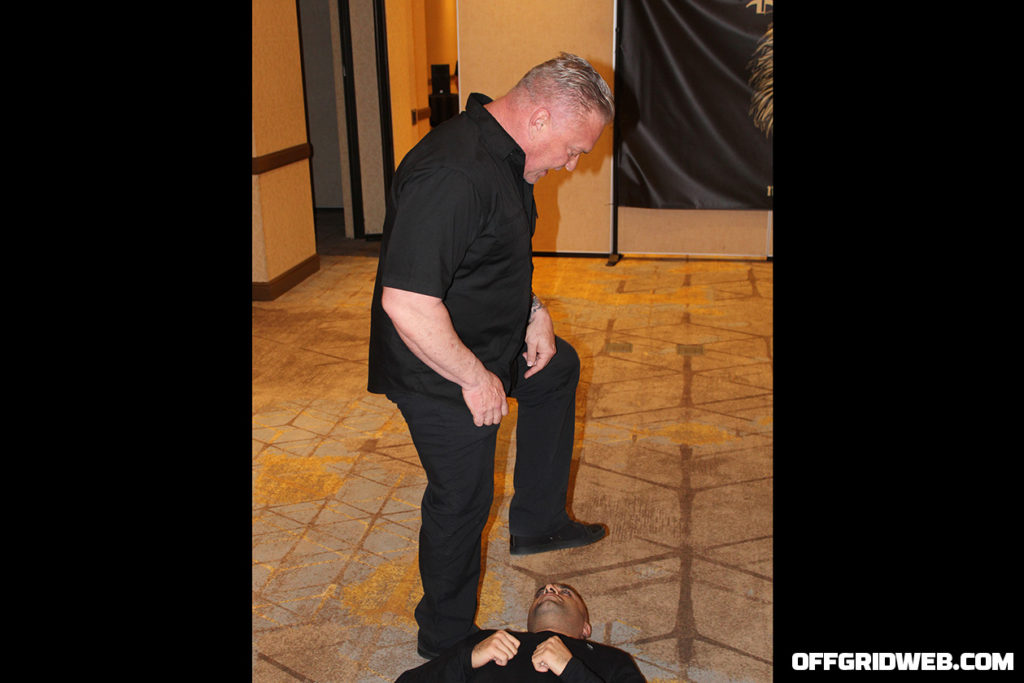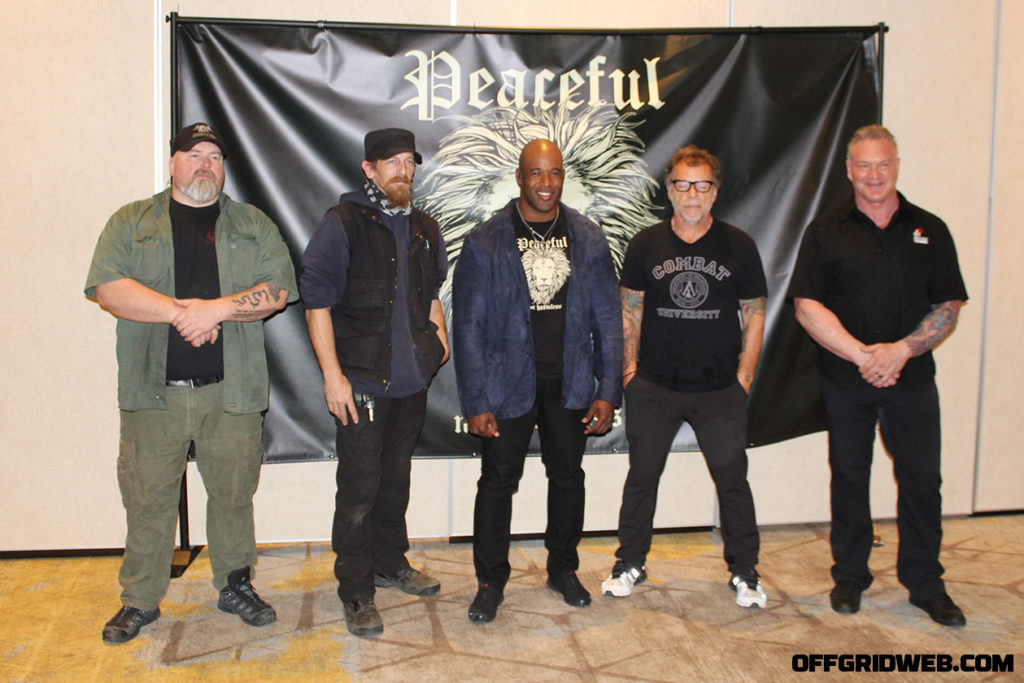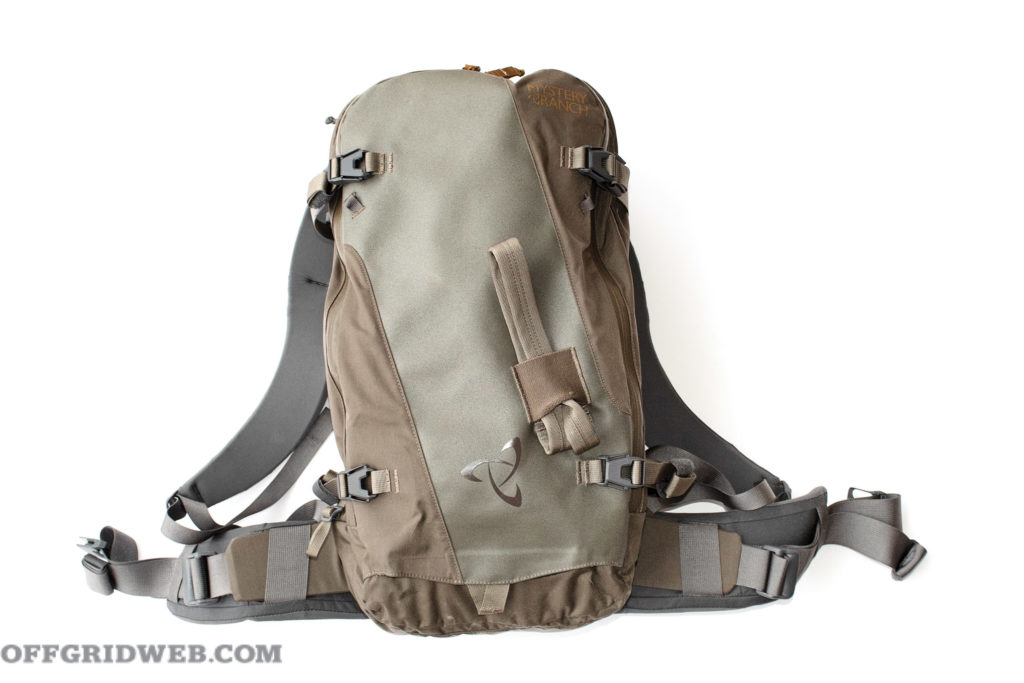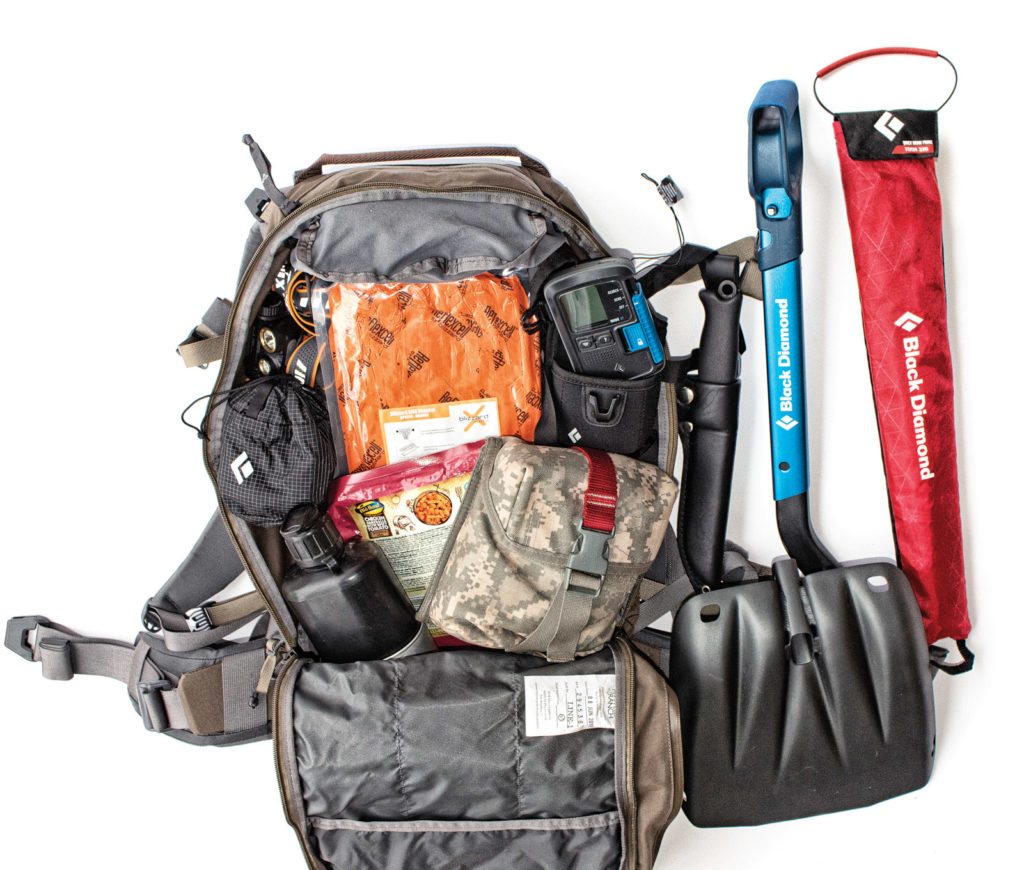In This Article
A long time ago, on an Army base far away, I began my military career training to be a Cavalry Scout. This reconnaissance-oriented occupation was all about observing the battlefield undetected, whether we were in a vehicle or traveling on foot. Of all the tactics we were taught, none were as important as leveraging every asset at our disposal to our advantage, including the time of day. Scouts learn to operate under the cover of darkness to an extreme degree. After nearly a decade within the ranks, I had the opportunity to use and abuse multiple generations of night vision optics under some of the most austere conditions. A few of those optics appear in the movies, but some of them required non-disclosure agreements. I recently had the opportunity to evaluate commercially available digital night vision optics in the form of the Sionyx Aurora Pro.
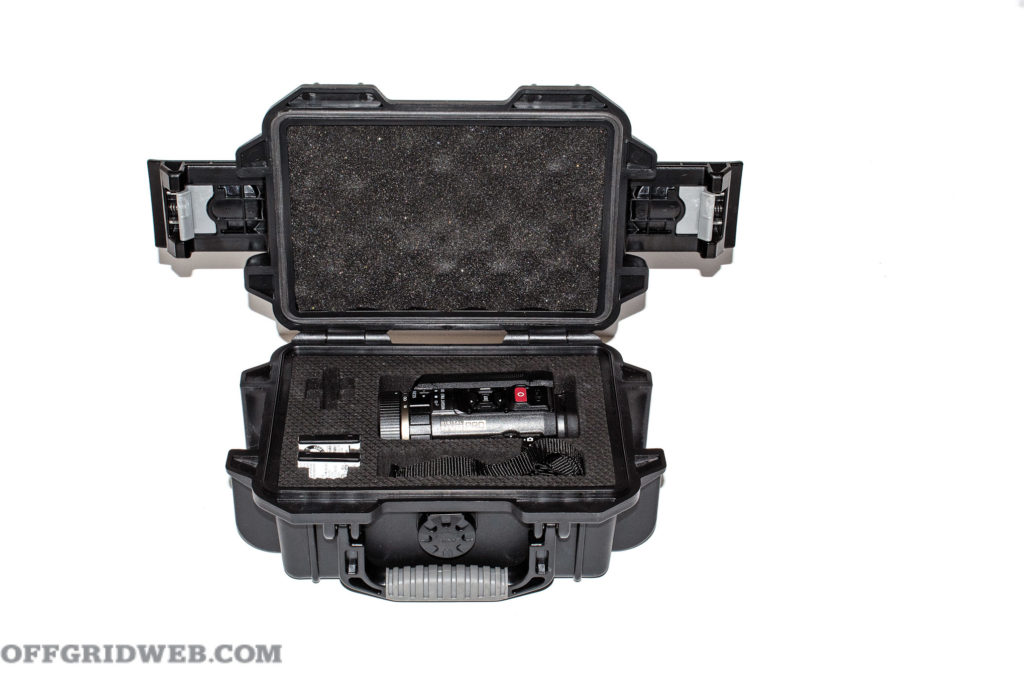
Above: Nestled snugly in a near-impermeable case, the Sionyx Aurora Pro has more than enough protection to survive strong impacts and adverse atmospheric conditions.
Affordable Versatility
Sionyx uses digital night vision technology — as opposed to the analog tubes used by most of its competitors — to give you a view of the midnight realm in full-blown technicolor. After spending years staring at varying shades of green or gray, I was eager to get my hands on a system that could revolutionize how we interact with the dark.
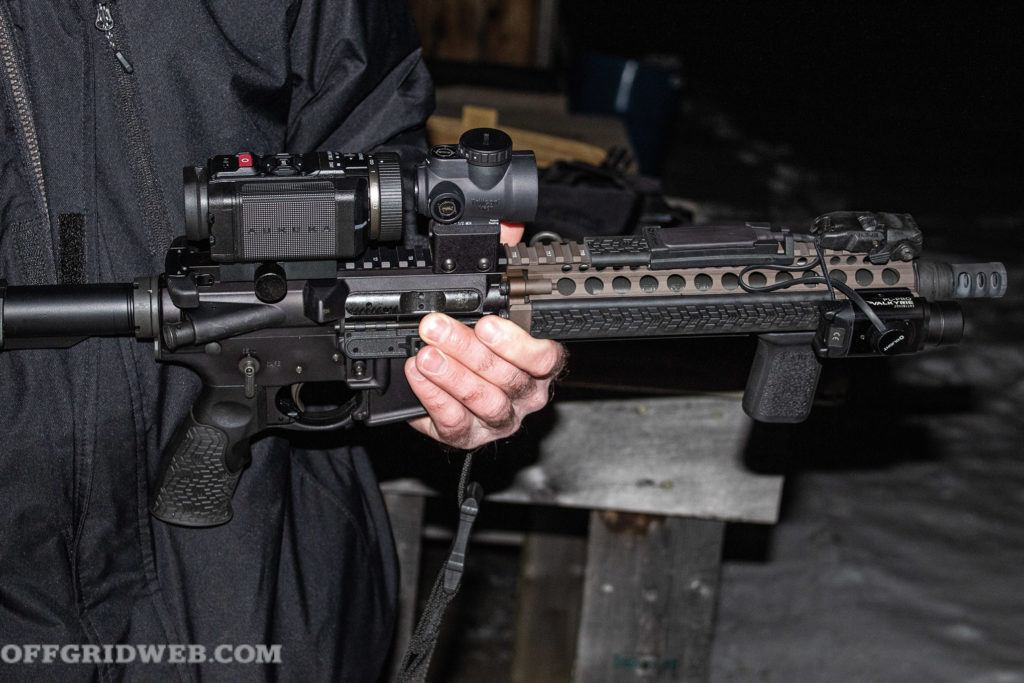
Above: When the Trijicon MRO and Sionyx Pro are properly aligned, nighttime range training becomes a walk in the park.
If you’ve ever looked at what it costs for a third-generation night vision optic or a FLIR thermal optic, you’ll quickly learn that it’s not an inexpensive purchase. For thousands of dollars, you can have the latest analog, monochromatic optic. Now look at the top model that Sionyx has to offer, just south of a grand. They even offer financing for those of us who don’t have fat stacks of Benjamins lying around. Models with fewer features are even less expensive, making Sionyx a widely accessible option for those who need to see in the dark.
Options. As if Seeing in the Dark Wasn’t Enough …
There are several models to choose from (Aurora Sport, Aurora Black, Aurora, and Aurora Pro) each with their own pros and cons. Every optic is water- and dust-resistant, and submersible down to 3 feet for 30 minutes, which means any Sionyx optic is safe to use in the most torrential downpours. A clear, scratch-resistant lens cover keeps your view crystal-clear without having to worry too much about abrasions, and each model has been drop tested from 1 meter onto concrete. Durability in harsh conditions is great, but how do these digital optics differ from their analog counterparts?
All models have built-in memory, because they not only allow you to see in color in the dark, they also double as a digital camera which has settings comparable to a DSLR, including the ability to adjust your aperture and shutter speed. An accelerometer will let you take panoramic pictures in landscape or portrait modes. Sionyx optics will also film video at 720p with an adjustable frame rate of up to 60 frames per second. Remove the micro OLED 1024×768 eyepiece, and you’ll be able to increase the storage capacity with your choice of MicroSD card. I recommend choosing a high-quality MicroSD with fast transfer rates.
In addition to these standard features, the Black, Aurora, and Pro models offer additional benefits. They are weapons-rated up to .223/5.56, and both the Aurora and the Pro feature GPS, compass, metadata, and accelerometer recording. The Pro tops out the memory features with 256 gigabytes of onboard memory, and a 32-gigabyte MicroSD card. Sionyx also offers an attachable IR light that enhances visibility through the optic, as well as a Picatinny rail adapter that allows you to mount the optic to your favorite weapon.
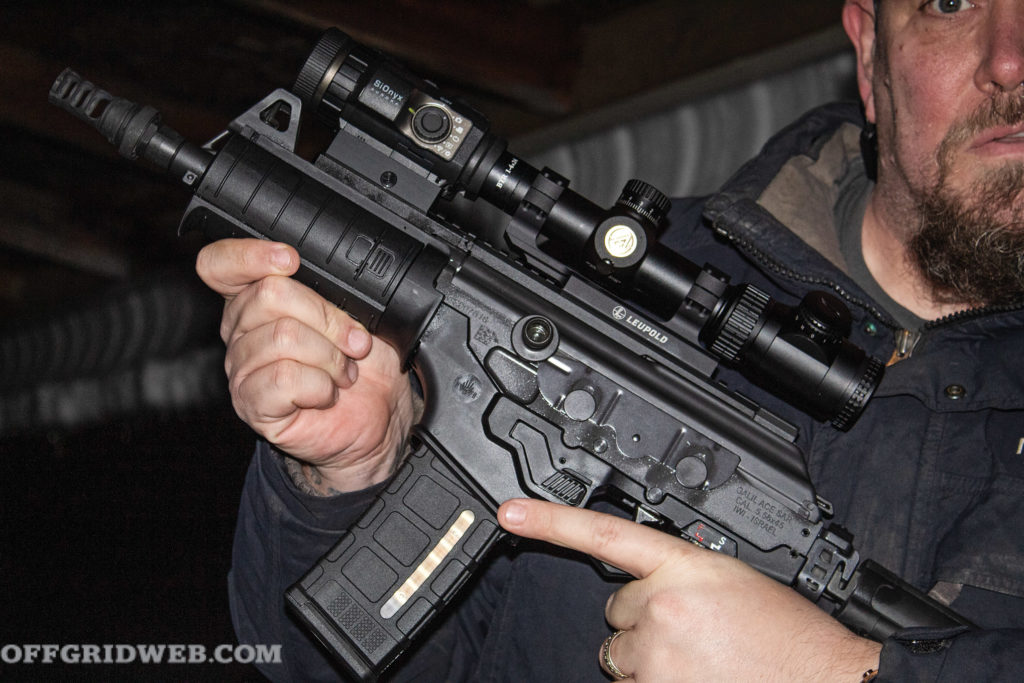 Above: Jeff Stroud (aka Freebird) eagerly prepares to engage targets previously obscured by the dark.
Above: Jeff Stroud (aka Freebird) eagerly prepares to engage targets previously obscured by the dark.
The applications for a night vision optic dramatically increase when it’s paired with the right mounting options. With the use of a Wilcox helmet mount, rail adapter, and your choice of tactical head gear, you can walk around with this optic hands-free. Ram Mounts makes ruggedized device cradles, and with the right one, you can attach the optic to the handlebar or storage rack of an ATV or snowmobile.
Impressive Performance
My first impression of the Sionyx Aurora Pro was the protective polymer case in which it was delivered. If you’re familiar with Pelican cases, you won’t be disappointed with the case Sionyx provides — it’s durable, sealed against water and dust with a one-way pressure valve, and features snap latches and a carry handle. Inside, the optic is nestled snugly in molded polyethylene foam. Two spare batteries and a neck strap also accompany the optic, but I was surprised by the absence of a manual. Figuring out how the system works on my own seemed easy enough, but I did contact
Sionyx about it. Their team promptly emailed a digital version of their operating manual along with a list of recommended optimal settings.

Above: Capable of macro photography, Sionyx allows professionals to geotag small but important details.
Charging the optic took less than an hour to bring all three batteries to their full capacity. When first powering up, note that there are three viewing settings — Day, Twilight, and Night — which can be set with a quick turn of an adjustment ring on the front of the optic. Inadvertently using the wrong setting will not harm the optic’s sensors (another benefit to using digital night vision), and the transition is nearly instantaneous.
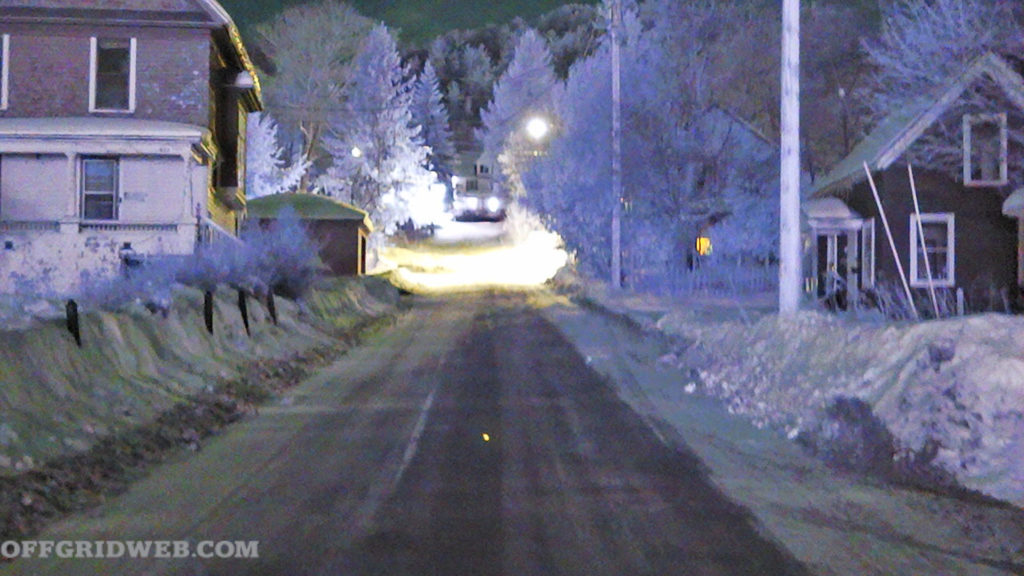
Above: Poorly lit suburban areas become brilliantly exposed.
Viewing the surrounding landscape outdoors is phenomenal, but I also wanted to see how it stacked up to being indoors with nearly zero ambient light. Some of my military scout training included many years of urban combat, which is a cool way of saying “stumbling through pitch black buildings using optics that afforded less-than-adequate depth perception.” My first impression of the Aurora Pro Night Color mode didn’t provide the clearest picture, but the device has several built-in “Night Tone” viewing options, such as Night Color, Green, and Grayscale, all easily interchangeable with the push of a button. Grayscale, after adjusting the focus and contrast, seems best for pitch-black indoor conditions, with very little loss of depth perception.
If you’re familiar with some digital photography basics, you’ll enjoy the customizability of the Aurora Pro’s camera settings, which allow the shutter speed, brightness, contrast, zoom, and focus to be adjusted. The adjustments are straightforward and simple to understand. I was pleasantly surprised at how well the optic could focus for short-range macro photography, and the panoramic option works better than some phones I’ve owned in the past.

Wi-Fi is featured on every Sionyx model, which allows you to utilize an app available on iOS and Android devices. This app lets the user see what the optic is looking at in real time, adjust the optic’s settings, take pictures, and record video remotely. Sionyx chose Wi-Fi instead of Bluetooth because it offers longer ranges, faster transfer rates, and less latency. Ideally, you’ll want to have as unobstructed of a line of sight between optic and device to improve connectivity range and quality.
Admittedly, app usage may present the optic’s only downside. The app can tend to be quirky if the connecting process isn’t performed exactly right, and it can be frustrating to troubleshoot. Along with wireless communication comes a small amount of lag, which seems to be one of the biggest complaints when sifting through reviews on the app store. But remote and mobile wireless observation with a little lag is a fair compromise over being tethered to a cumbersome hard-wired device.

Above: Creatures of the night can no longer hide in the darkness.
Wi-Fi capabilities open a realm of clever uses for the optic. For the purpose of surveillance, placing the optic discreetly within 20 to 30 feet will give the user the advantage of viewing the intended target while being able to monitor from a concealed location. A sensitive onboard microphone will pick up and record quiet noises many digital cameras ignore. Even more impressive, and my favorite application so far, is mounting the camera to an ATV and going partial blackout mode. Pair the optic to your phone and you can see farther down the trail than you could by running on headlights alone. With the proper Ram Mount setup, your ATV or snow-machine can be as stealthy as the Batmobile. I should caution you though: Because of the wireless communication latency, the faster you travel with this optic, the less time you’ll have to react to sudden changes. This just means you need to ride/drive with caution and be aware that what you’re seeing may be a few tenths of a second behind.
A Night at the Range
To test its capabilities on a firearm, I reached out to the guys at 906 Tactical and gave it a run at a night range. Weather conditions at the range were typical of a January night in Upper Michigan — 15 degrees F, overcast, and as close to pitch black as you can get in the snow. Jeff Stroud, the owner and instructor of 906 Tactical, helped with testing, and was able to clearly identify silhouette targets at 150 meters and rough shapes beyond 200 and using Night Color mode. Picatinny rail mounting was a breeze, and before long we were ready to ring some steel.
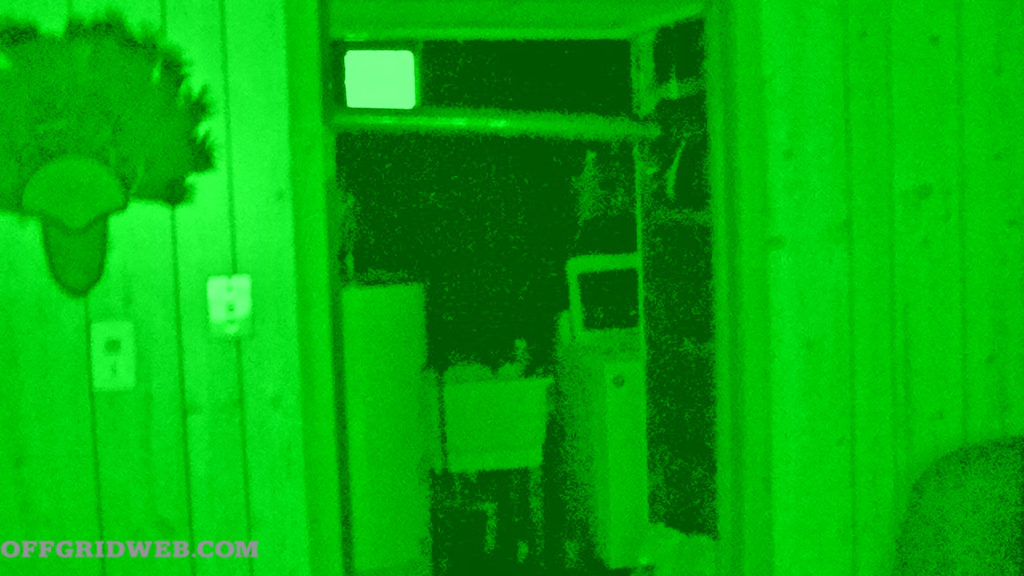
Above: Utilizing a head mount keeps hands free for light-sensitive repairs or pest control.
Technical specs of the Sionyx Black, Aurora, and Pro have the optic rated for .223/5.56 weapons systems, and 906 Tactical provided several demo guns. First up was a silenced Daniel Defense Mk18 with Trijicon MRO sight, mounted high enough to be level with the center of the Pro’s objective lens. After some adjustments to the Aurora, we had a clear view of targets between 50 and 150 meters, and full use of the MRO’s 2-MOA dot. The .223’s recoil had no effect on image stability. There was a brief flash of washout in the Sionyx optic after shots were fired, but it recovered rapidly. We even ran it mounted to two versions of a Galil Ace, in 5.56 and 7.62x39mm, equipped with a Holosun 510c reflex sight and an Athlon 1-4x magnified optic.
If using night vision on a weapons system, I recommend pairing it with a holographic or dot sight that’s capable of projecting in green light and has a night vision setting. When using the Sionyx with a Holosun 510c, I noticed the green reticle was less intense and didn’t overwhelm the targets with its brightness. When using a magnified scope, make sure you can place the Sionyx Aurora in front of the sight’s objective lens. This will allow you to use the Aurora’s zoom capabilities cumulatively with the scope and get a much closer look at your target. Just be aware that, without a rubber eye cup, the green indicator light on the side of the optic does give off a small amount of visible light.
NV Isn’t Just for Professionals
Many people associate night vision with professional tactical teams. While that’s certainly an effective use for night vision, there are many others that could benefit from having an affordable night-capable optic.
Every year, I hear another story about someone who was out hunting until sunset, got lost, and ended up with a nasty case of hypothermia because they spent the night getting turned around trying to find their way back. With a digital compass and onboard GPS, the Sionyx could be very helpful in such a situation.
Above: From Left to Right: A scene in natural ambient light; “twilight” mode; night grayscale; night color.
Say a storm rips through your neck of the woods and you must go out to assess the damage. Just take a photo with the optic, and you’ll have GPS coordinates to the location of said damage. You can then provide photos and exact coordinates to responders or repair crews.
Anyone familiar with trail cameras understands how frustrating it can be to capture an image or video of a species you’re after. With a Sionyx optic, you could record your own high-resolution observations with metadata included.
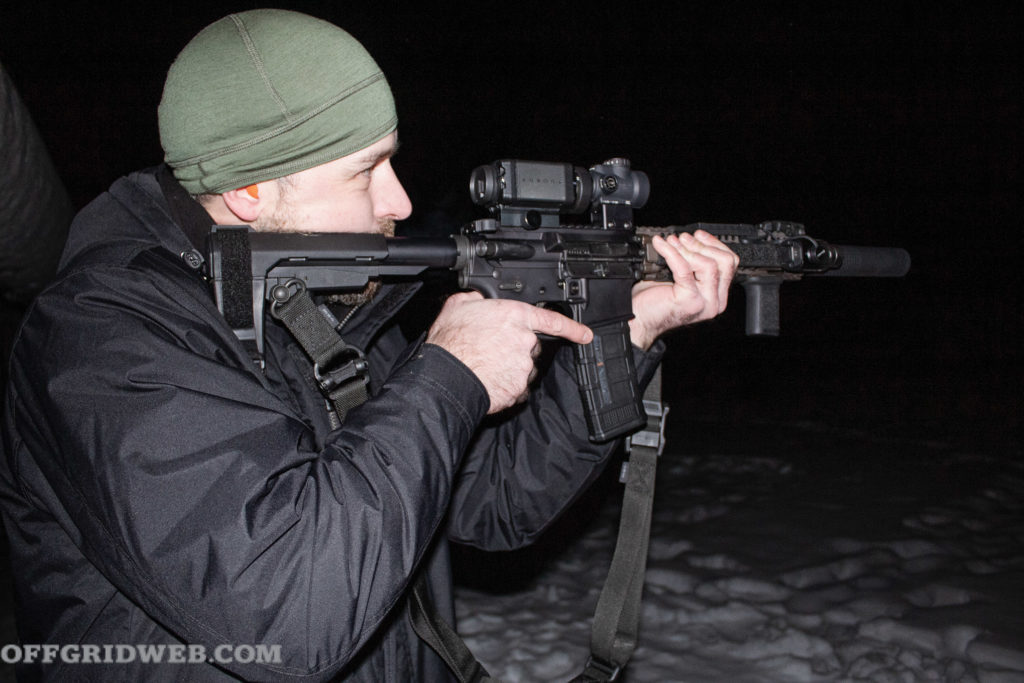
Above: ARs are great to shoot under normal conditions, but being able to train under the stars elevates the experience to a new level.
Individuals could utilize it for personal and home security to survey a yard, large property, or even look downstairs into your living room. Late-night thrill-seekers could use it for recording their adventures. Medical personnel arriving at the scene of an accident in the middle of the night could quickly find someone in need of attention. The point I’m trying to make is that having a quality night vision system that’s this affordable opens so many opportunities that were previously unreachable.
Final Thoughts
Based on my previous experiences, I can say that Sionyx devices offer a substantial nighttime capability to just about anyone who has a need or want, with more features and a lower price point than the majority of conventional night vision devices. Affordability and versatility are often key decision-making factors when choosing a tool or piece of equipment to purchase, and Sionyx offers both. If you’ve been hesitating to invest in night vision because of the prohibitive costs associated with it, Sionyx night vision optics might be just what you’ve been waiting for.
Sionyx Aurora Pro
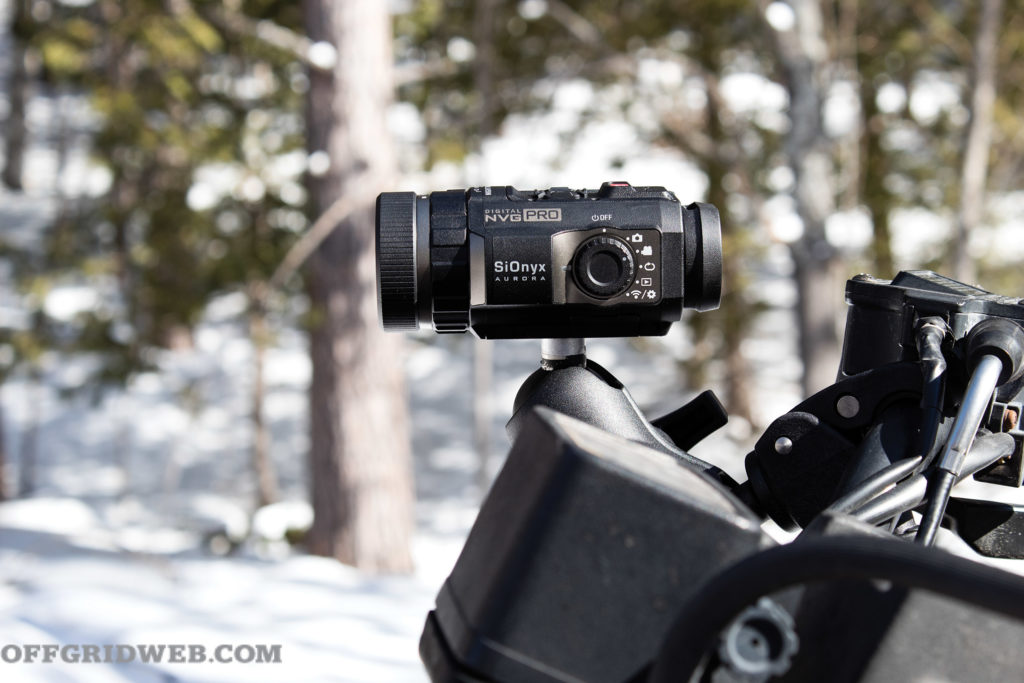
Above: Ram Mounts offers the right hardware to mount the optic to your choice of off-road vehicle.
Included:
- Aurora Pro color night vision camera
- Hardshell waterproof case
- 2 camera batteries
- USB charge/data cable
- 32GB MicroSD card
MSRP: $999
URL: www.sionyx.com
[Editor's Note: It's worth mentioning that Sionyx Night Vision can be found on Big Daddy Unlimited. Read about it here on RECOILweb. The Savings on a Sionyx Sport, will pay for more than a year of BDU, and the unit will cost about the same as a used Glock.)
-Click here for a Big Daddy Unlimited Trial month for 99 cents.-
More on Night Vision
- How to set up your Rifle for Low-Light/No-Light Conditions.
- Night Vision 101.
- GBRS Group: Shadows that Bite.
- Night Vision Helmet Setup Guide.
- Night Vision Goggles: A Double Primer Comparing Two Models
- Unobtainium Gear Active Night Vision Recording System: Taping what you see.


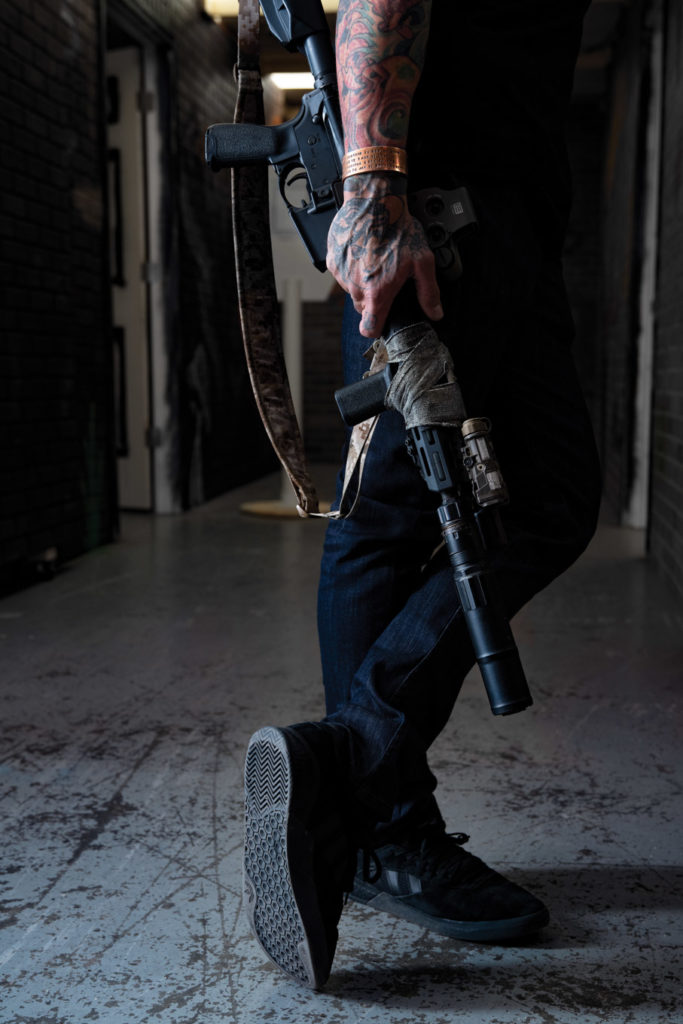
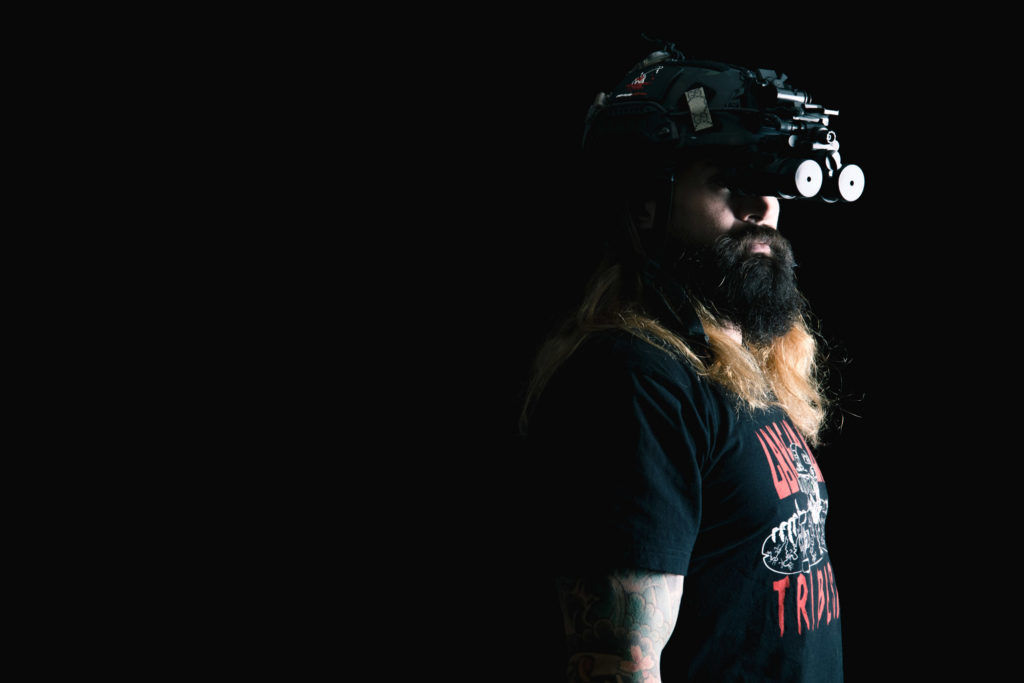
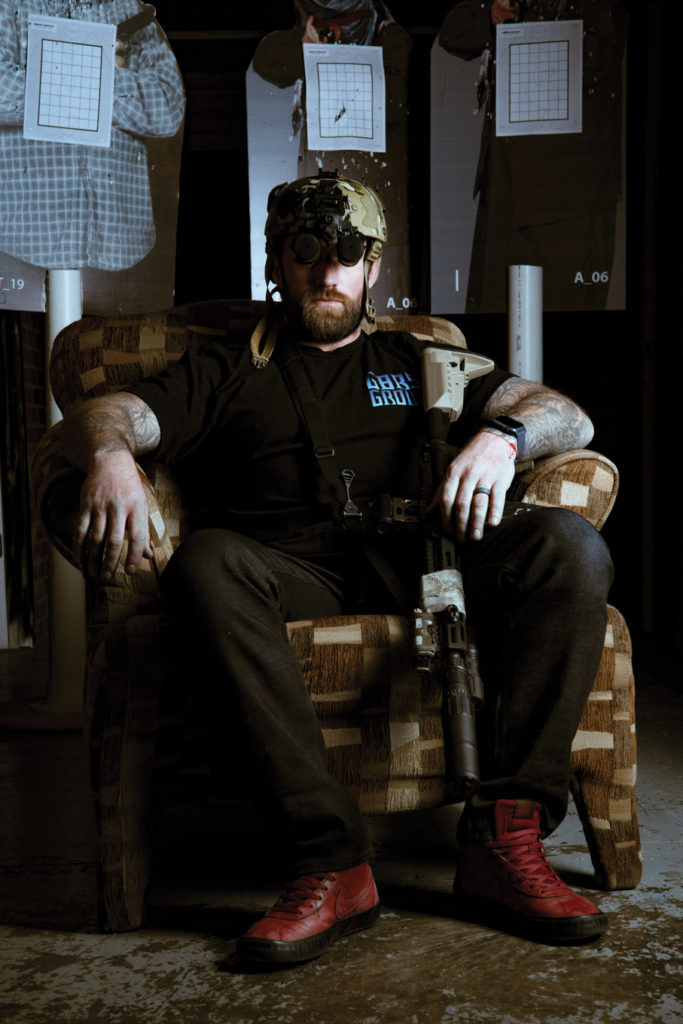
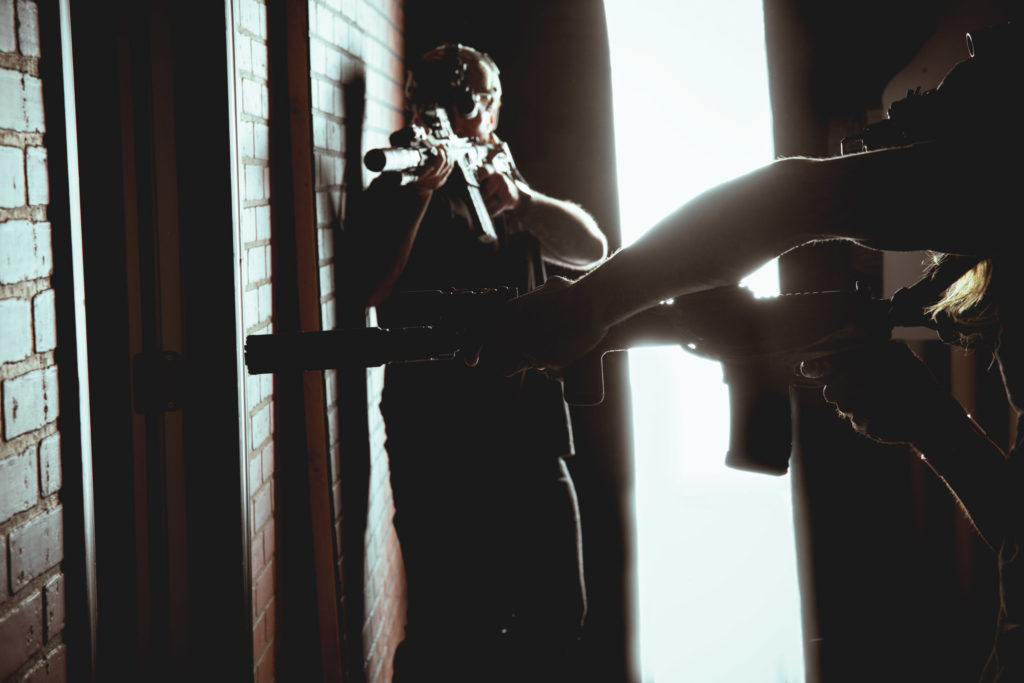
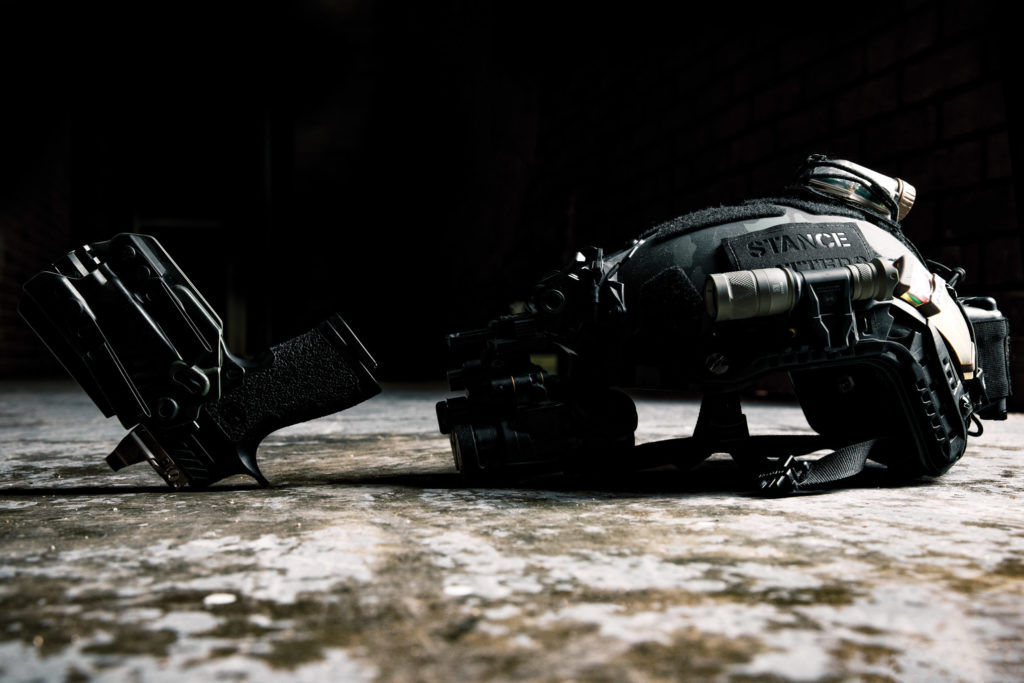
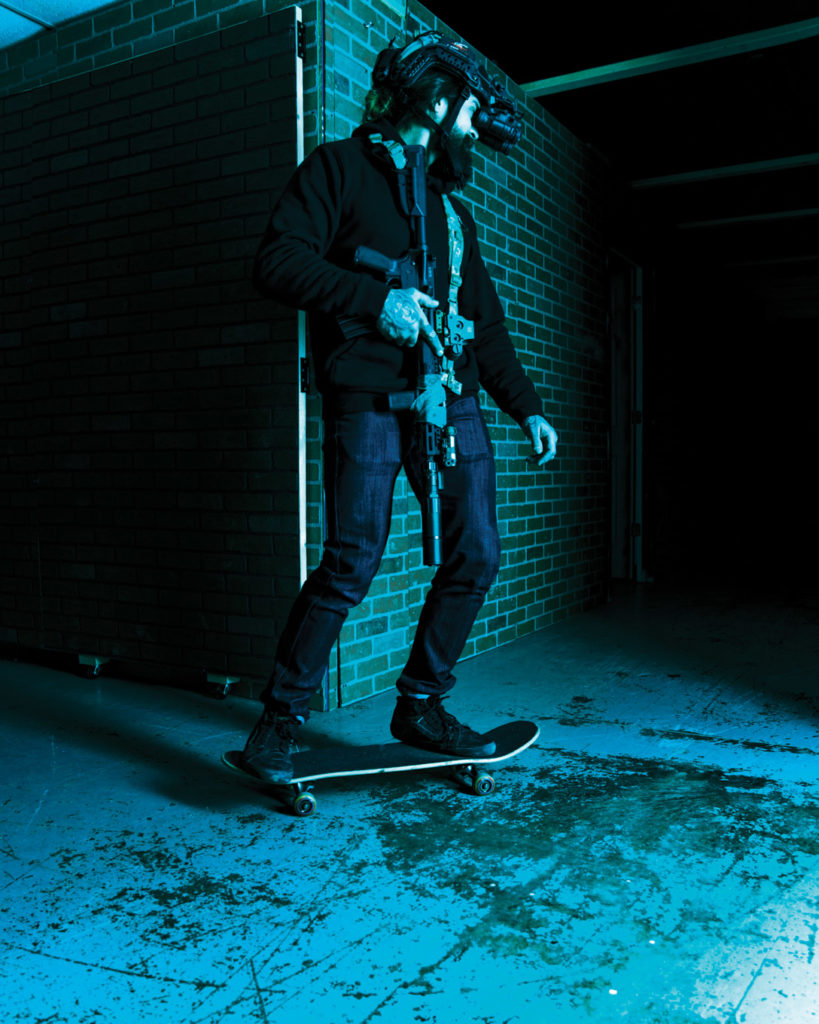
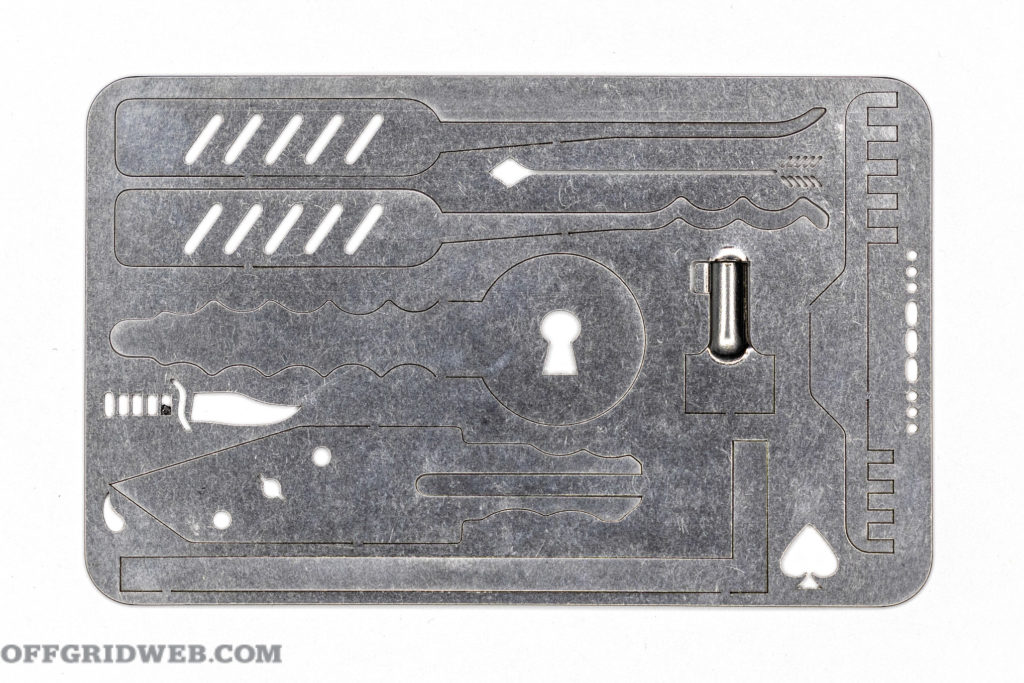
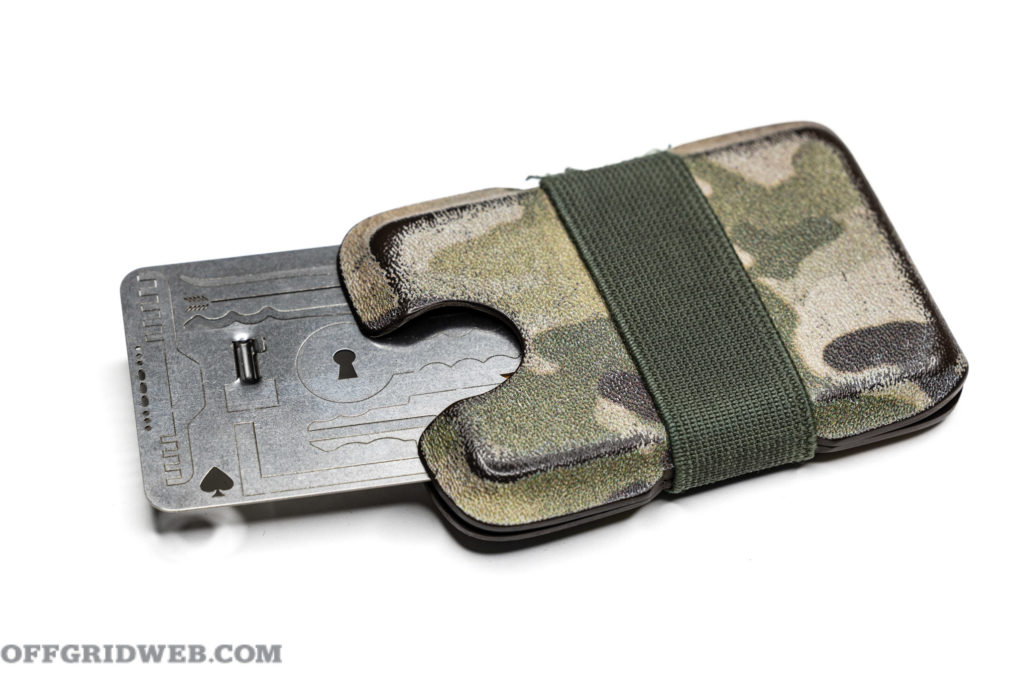
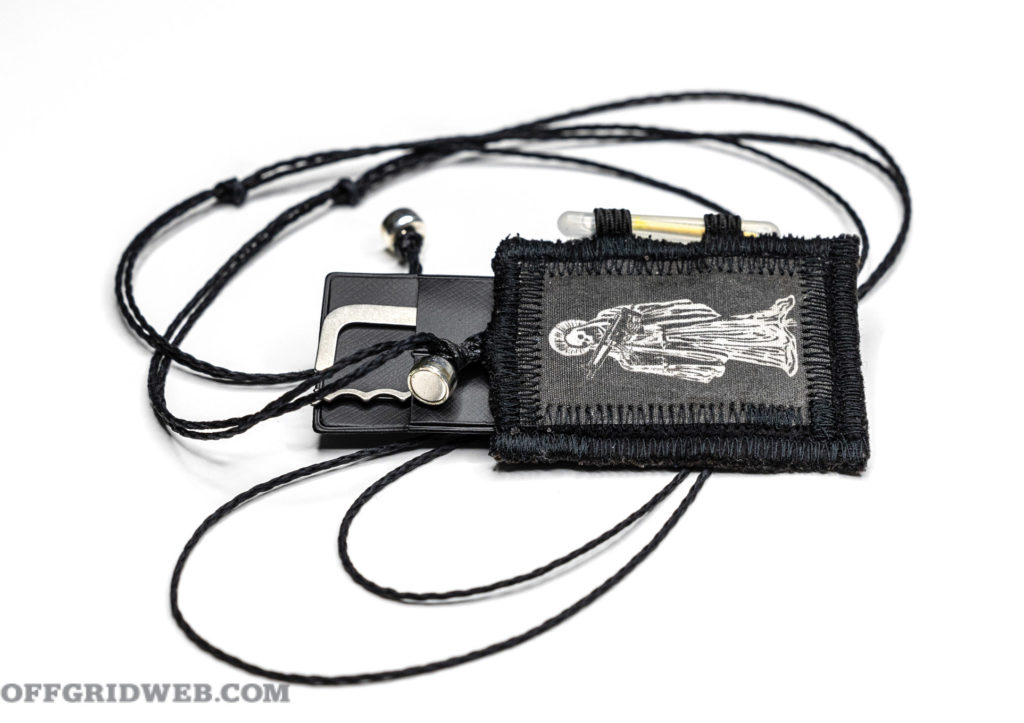
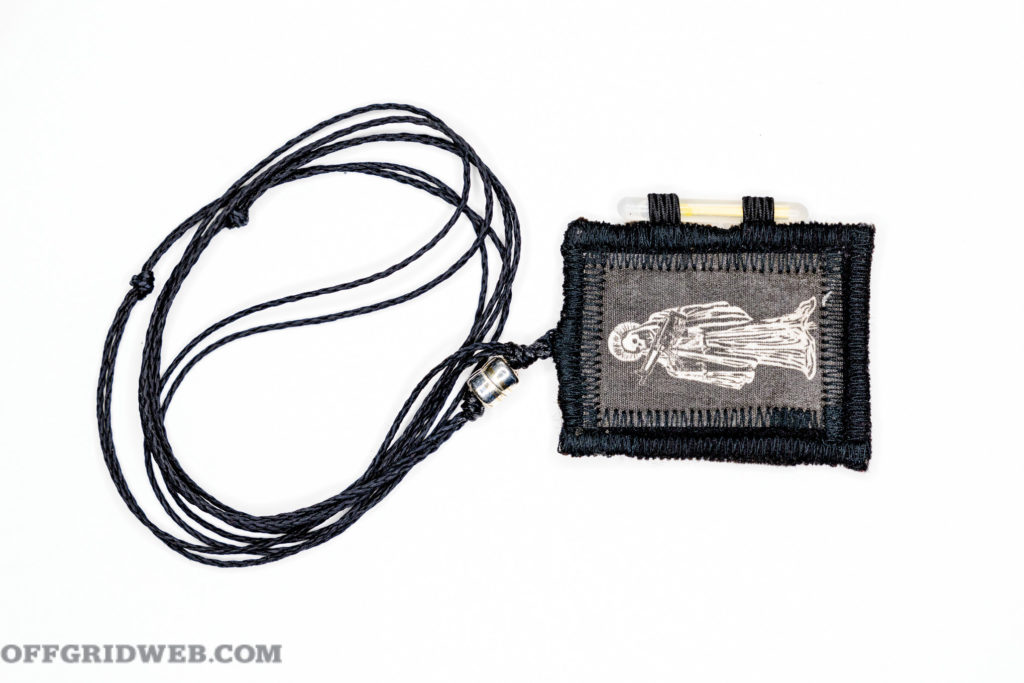
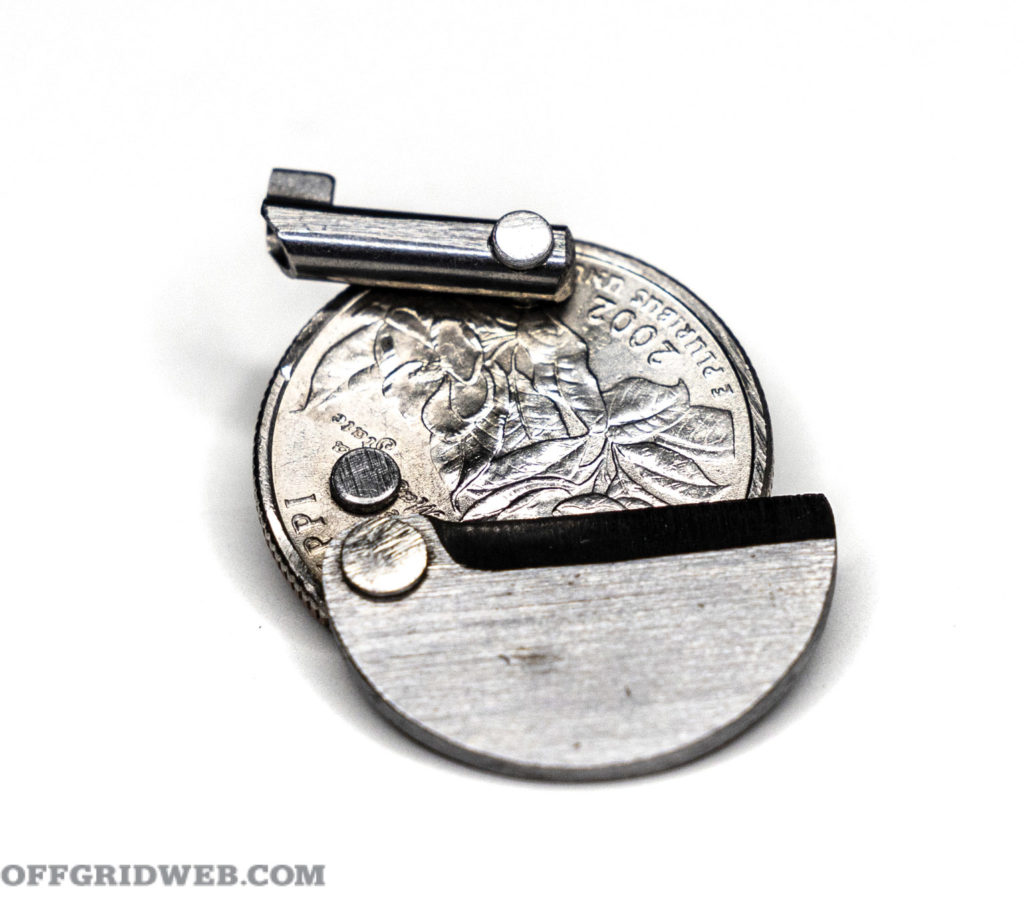

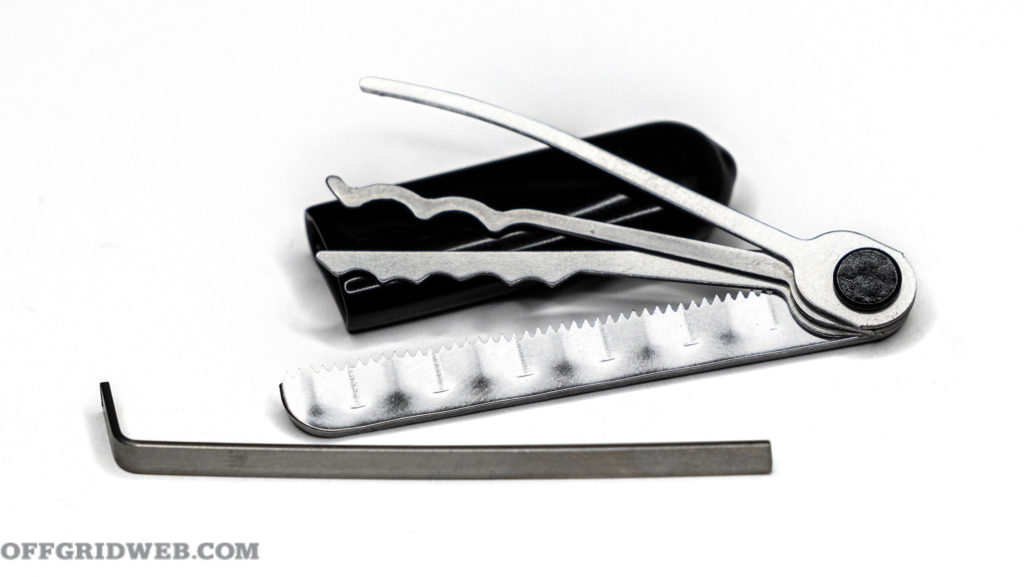
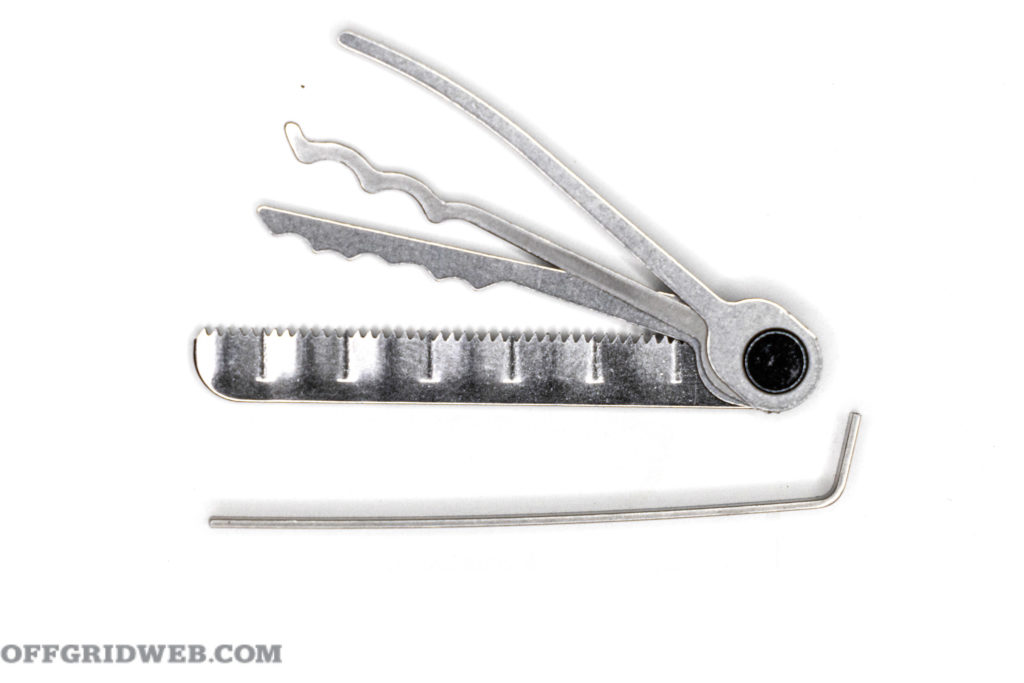
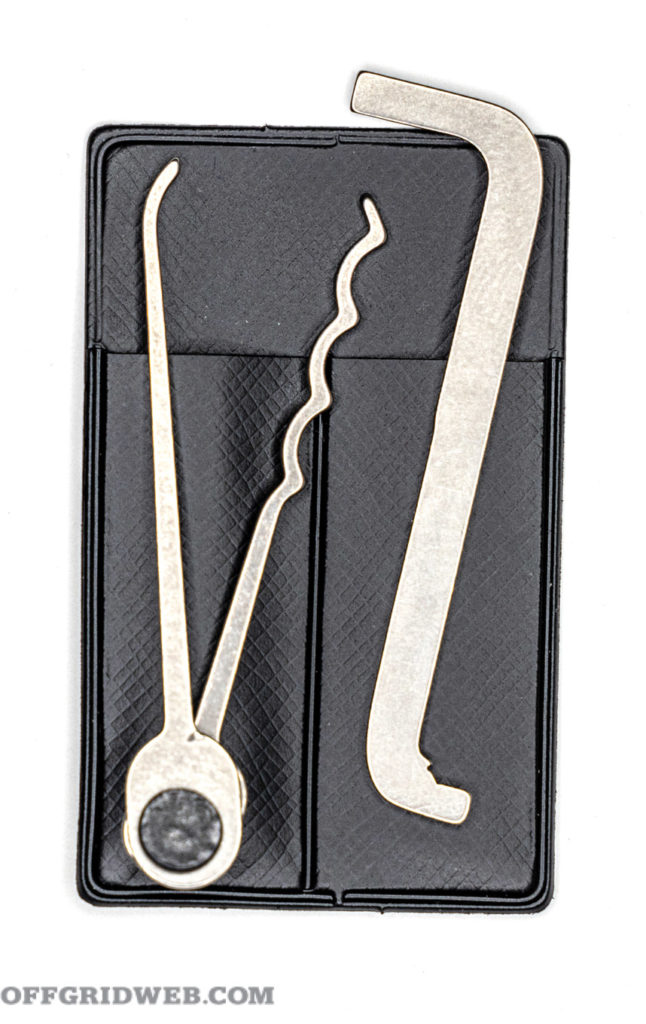
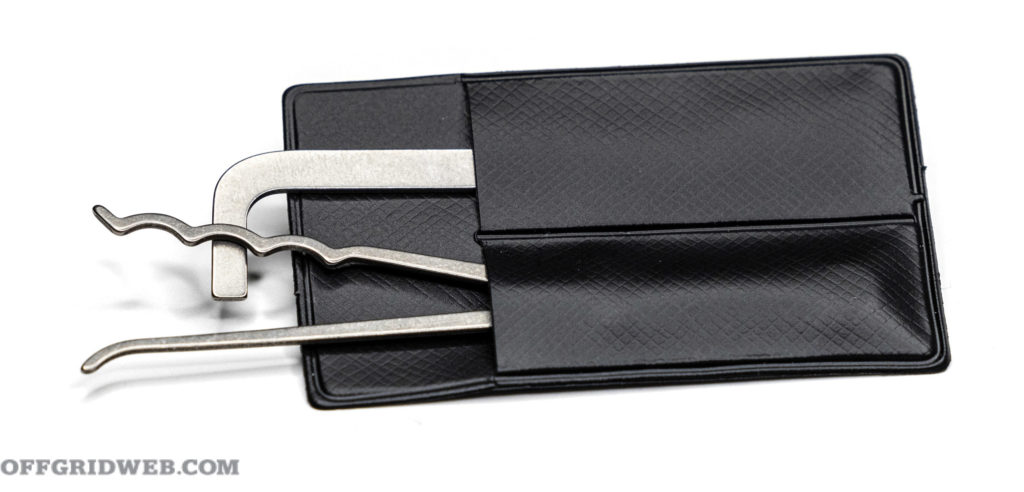
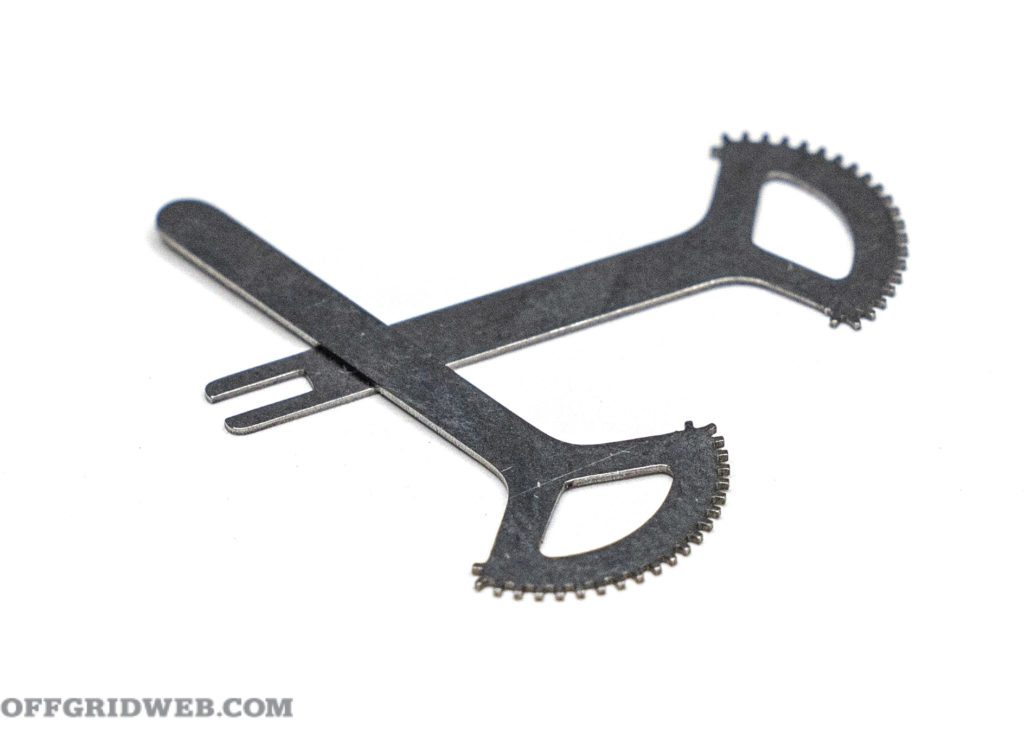

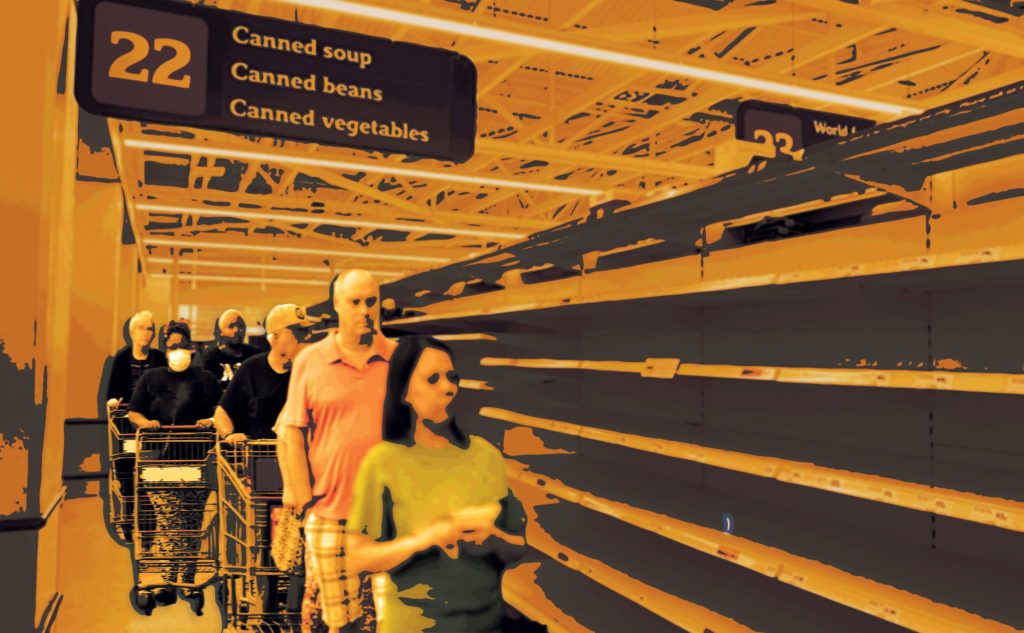
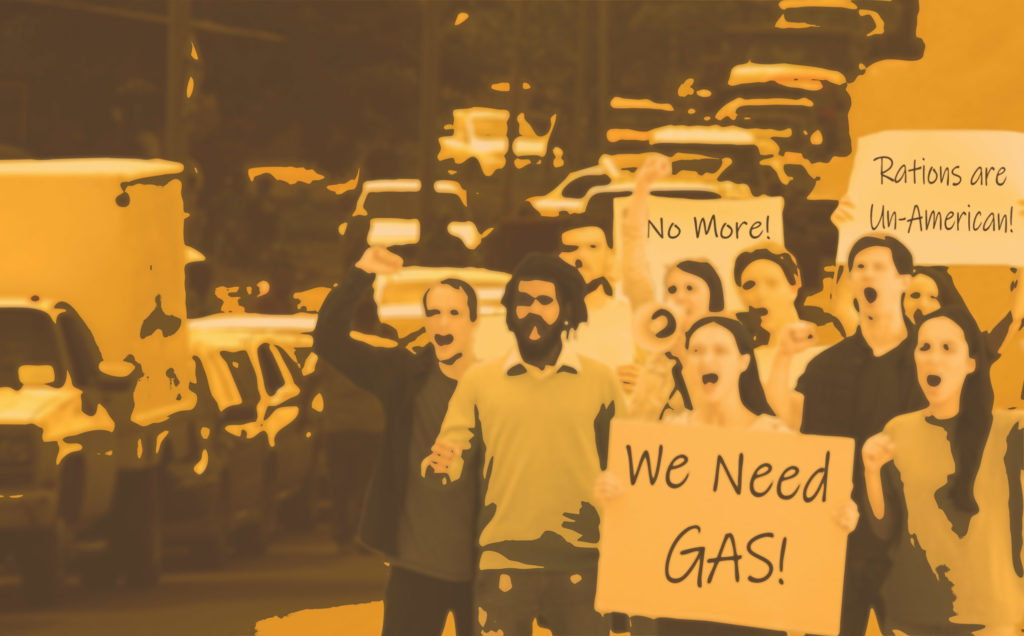
 Alexander Crown is a former U.S. Army Paratrooper who spent time in a scout/sniper platoon in OIF. He has extensive experience in firearms, particularly silencers. Alexander spends his time exploring Idaho hunting, fishing, and camping. He’s a lifelong practitioner of preparedness emphasizing self-reliance and organic gardening. Alexander is also a regular contributor to RECOIL and RECOIL OFFGRID.
Alexander Crown is a former U.S. Army Paratrooper who spent time in a scout/sniper platoon in OIF. He has extensive experience in firearms, particularly silencers. Alexander spends his time exploring Idaho hunting, fishing, and camping. He’s a lifelong practitioner of preparedness emphasizing self-reliance and organic gardening. Alexander is also a regular contributor to RECOIL and RECOIL OFFGRID. Mor
Mor